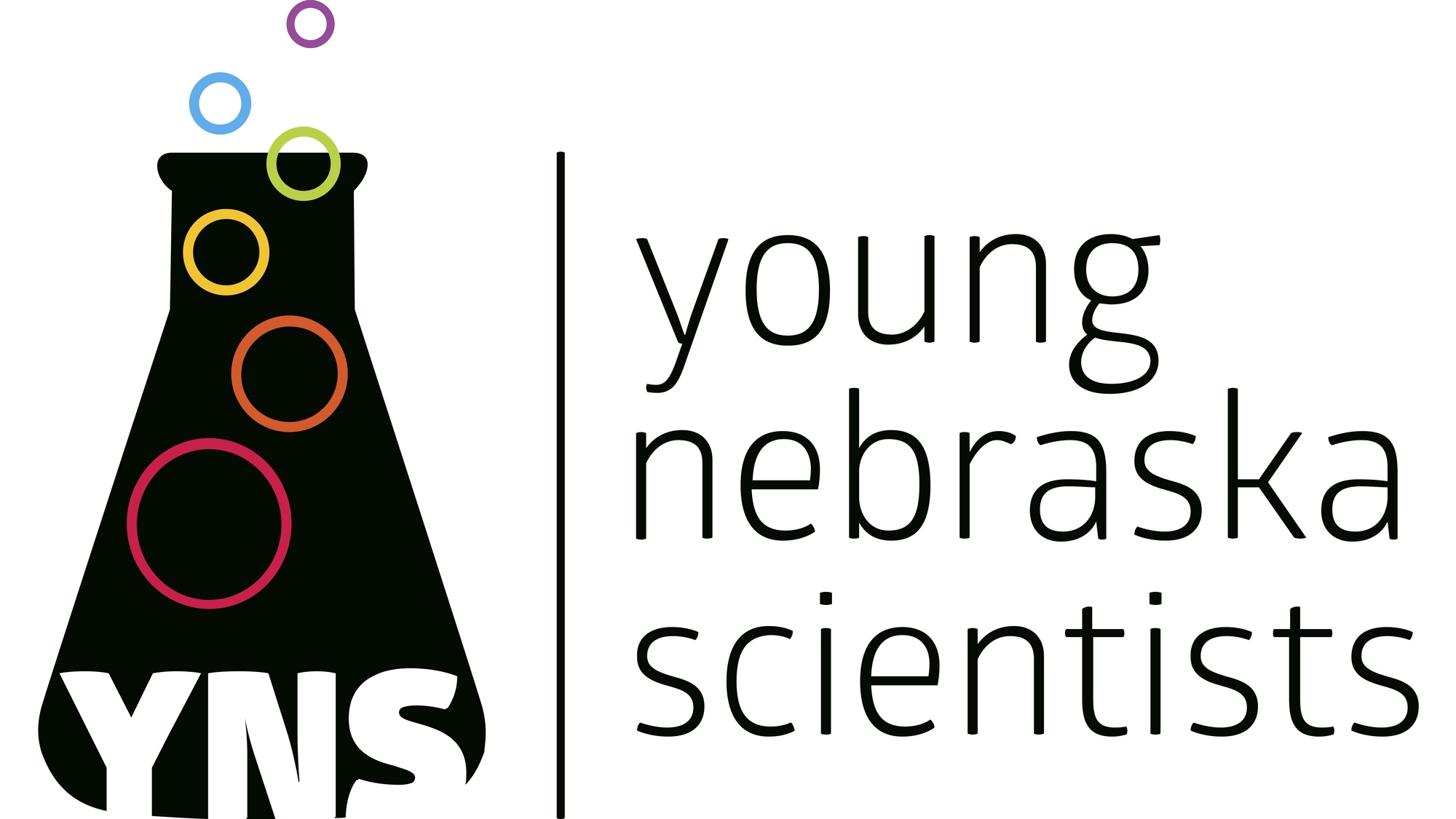

How to harness local inversion symmetry breaking for 3D nano magnetism?
We investigate the potential of structural and chemical short-range order, curvature, and strain to tailor magnetic and magneto-transport properties of nanostructures, amorphous materials, and molecular magnets. This involves pushing boundaries of advanced synthesis, nanofabrication, characterization, and data analysis.


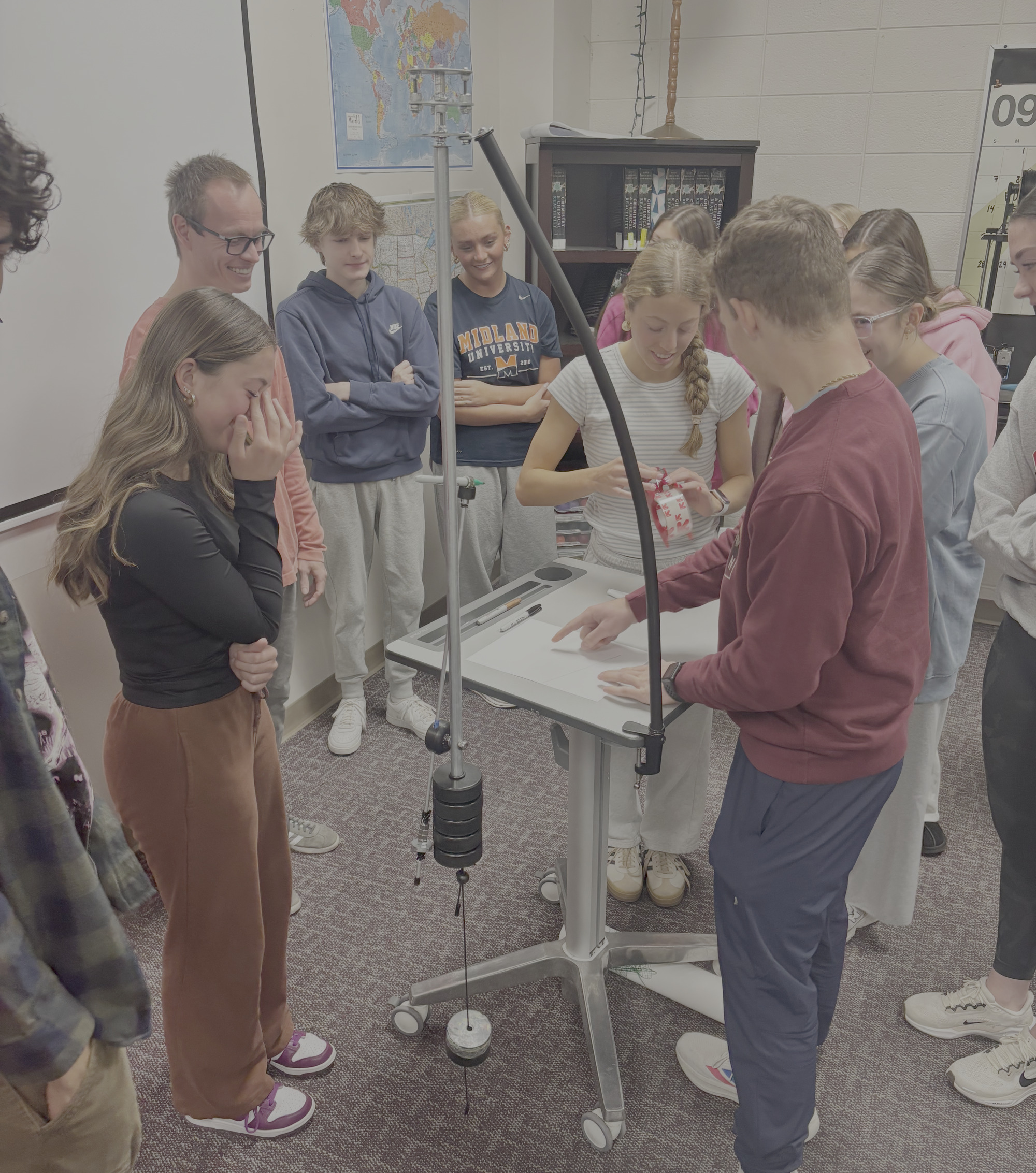
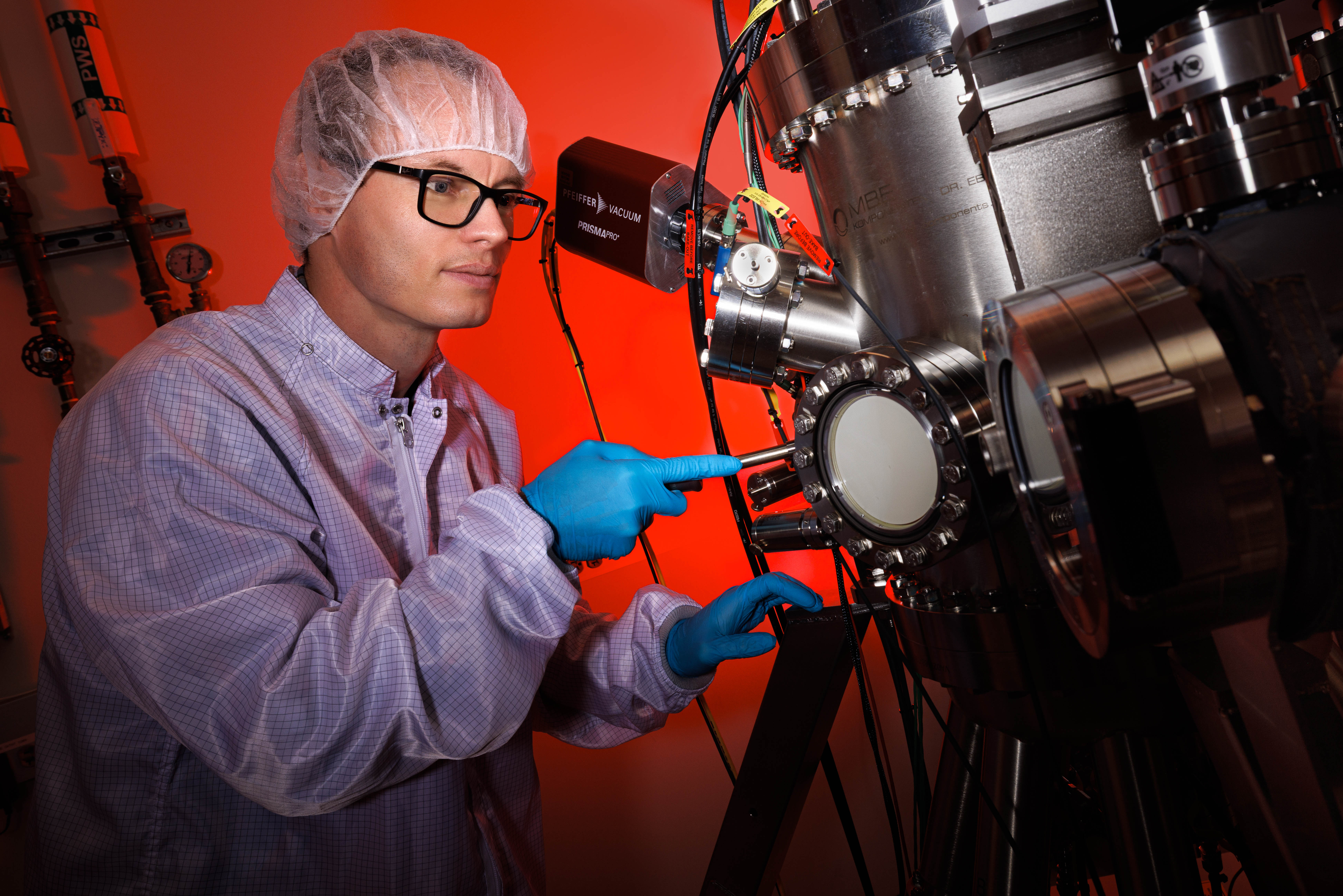

Our CAREER program will help determine design strategies for topological magnetism in amorphous films by establishing a relationship between structural and chemical short-range order, strain, and curvature and electronic and magnetic properties. We are also excited about pursuing our education efforts, including developing a graduate course on advanced characterization and expanding our START SMART high school outreach and undergraduate recruitment program.
This project is jointly funded by Condensed Matter Physics Program, the Established Program to Stimulate Competitive Research (EPSCoR), and MPS Office of Strategic Initiatives.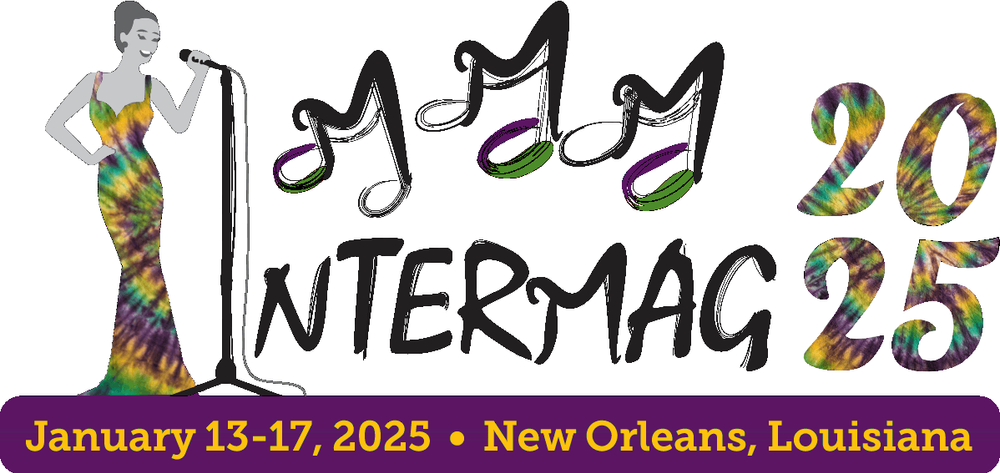


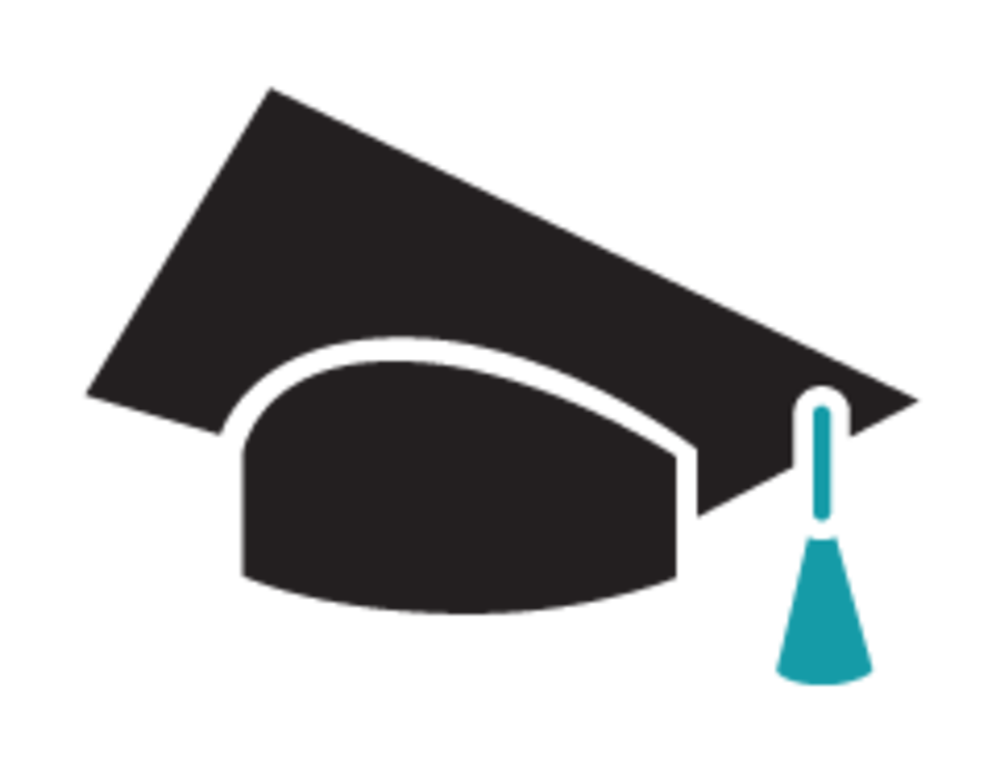
Since joining our group in 2020, Ruthi has received numerous research fellowships, including one summer internship paid by the Nebraska Center for Energy Sciences Research (2022), three Undergraduate Creative Activities and Research Experience grants (2012, 2022, 2023), and one First Year Research Experience fellowship that enabled her to contribute to many of our projects. She co-authored five peer-reviewed publications and studied Magnetic properties of amorphous iron-germanium films for her Honors/Senior thesis. 🔗
Ruthi received the 2025 Undergraduate Research Award for her research excellence presented by UNL Physics.
We wish her all the best for her future scientific career.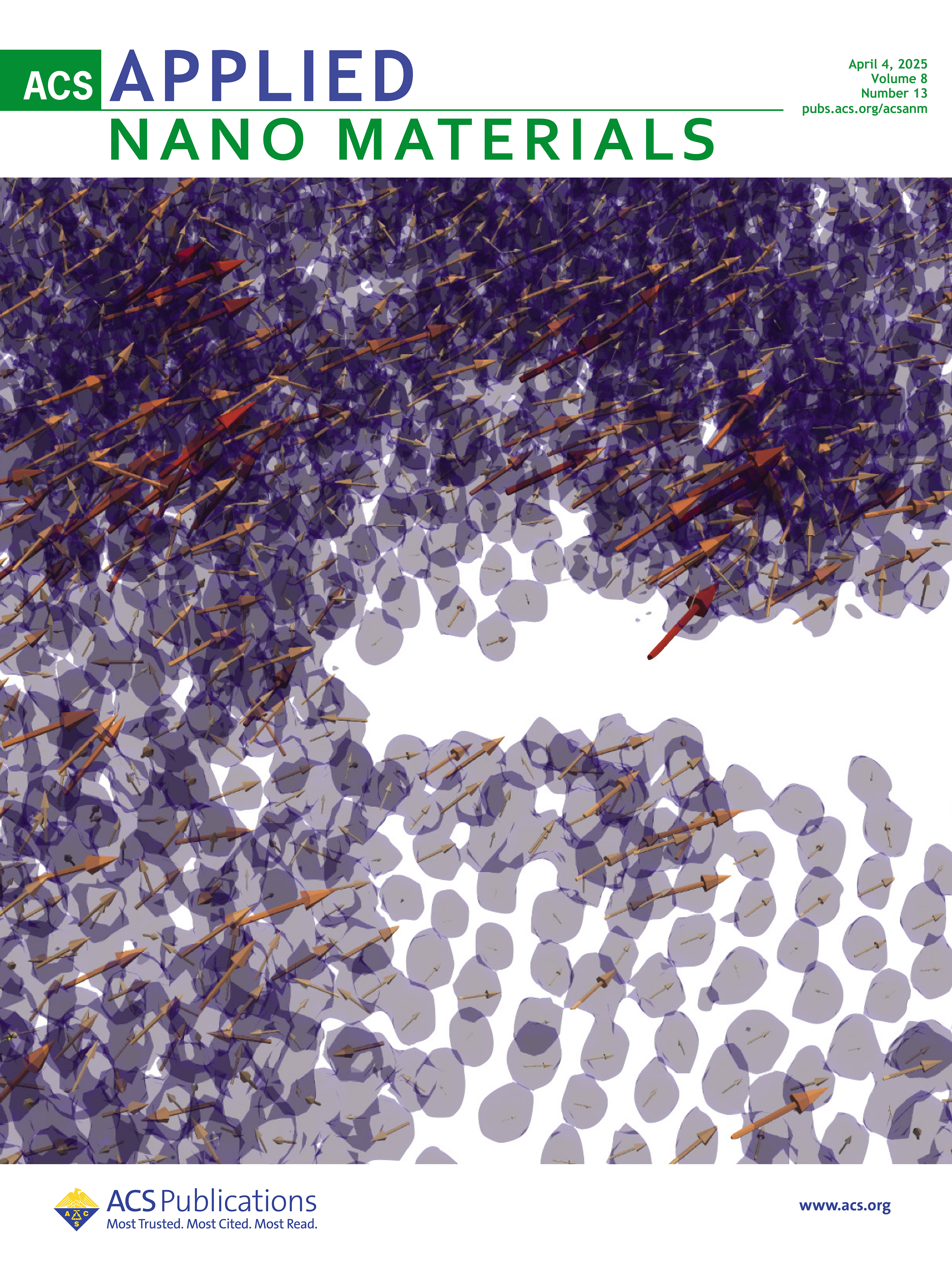
This work was led by Jianwei Miao (UCLA) and carried out in collaboration with Thomas P. Russell (Berkeley Lab).
The original work was published in ACS Appl. Nano Mater. 8, 6643 (2025). 🔗
It is featured as a cover art. 🔗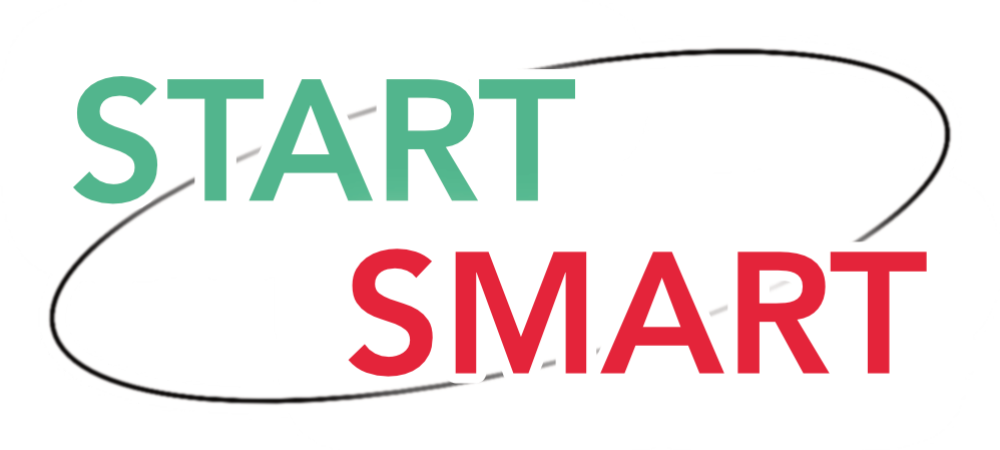
During the two-hour workshops, students will learn about physical principles including numerical modeling, complete hands-on art projects, and receive an insider perspective on the benefits, challenges, and relevance of a physics education.


This Sunday, Jing, Angelea, and Robert offered insight into elasticity (propellers), electricity, and magnetism (magnetic levitation, magnetic train, acceleration). Angelea and Jing even appeared in the local news 🔗.
More information about Sunday with a Scientist can be found here.

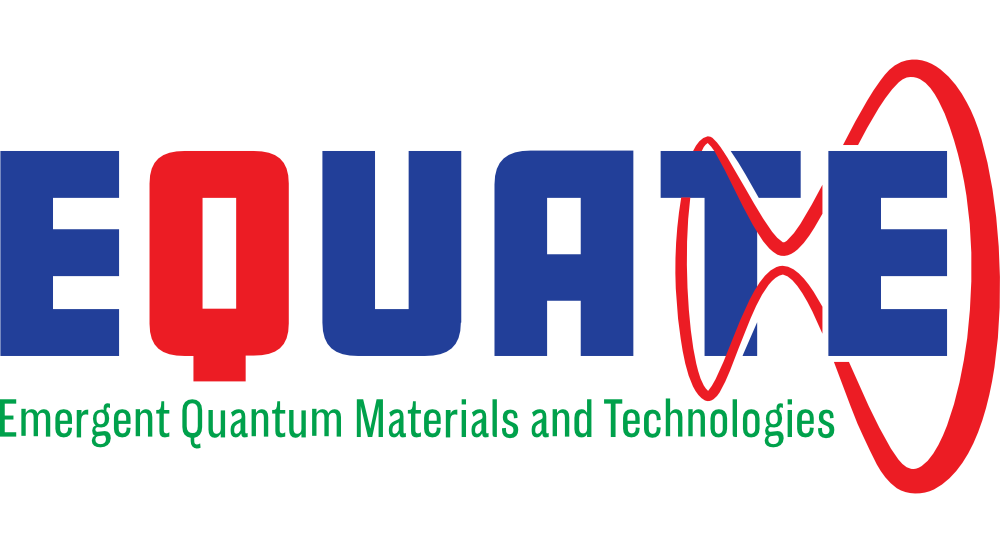

This focus issue aims to showcase recent advances in state-of-the-art imaging techniques and their application to study electronic and spin configurations in quantum, energy, and magnetic materials. It is guest-edited by Robert Streubel, Rafal E. Dunin-Borkowski (Forschungszentrum Jülich, Germany), Laura Heyderman (ETH Zurich and Paul Scherrer Institute, CH), and Steven Schofield (University College London, UK) for the Journal of Physics: Condensed Matter.
More information can be found here.

During his tenure at UNL and as undergraduate research assistant in our group, he received the Undergraduate Merit Award for Academic Performance (2022, 2023), two summer internships paid by the Nebraska Center for Energy Sciences Research (2022, 2023), and three Undergraduate Creative Activities and Research Experience grants (2012, 2022, 2023) as well as co-authored three peer-reviewed publications and worked on his Honors/Senior thesis titled Electronic transport properties of Fe(qsal)2(TCNQ)2 molecular films. 🔗
We wish him all the best for his future scientific career starting at the University of Illinois at Urbana-Champaign (Physics).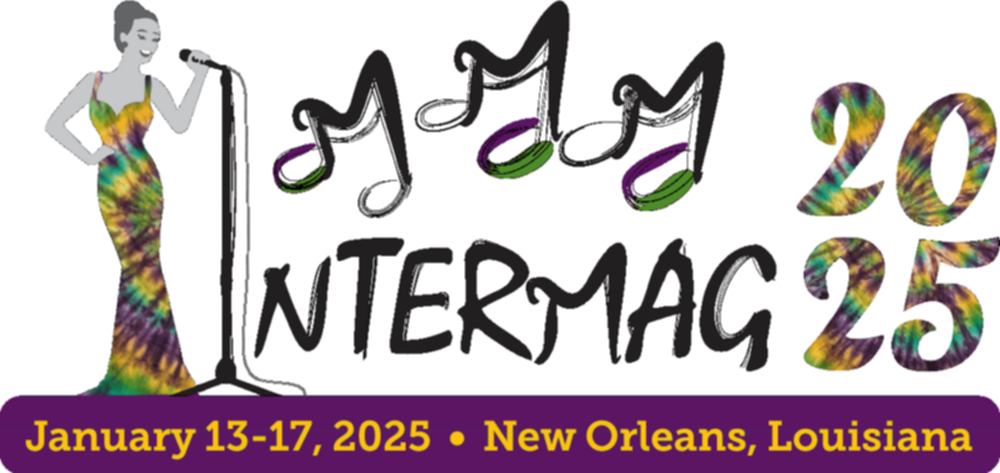

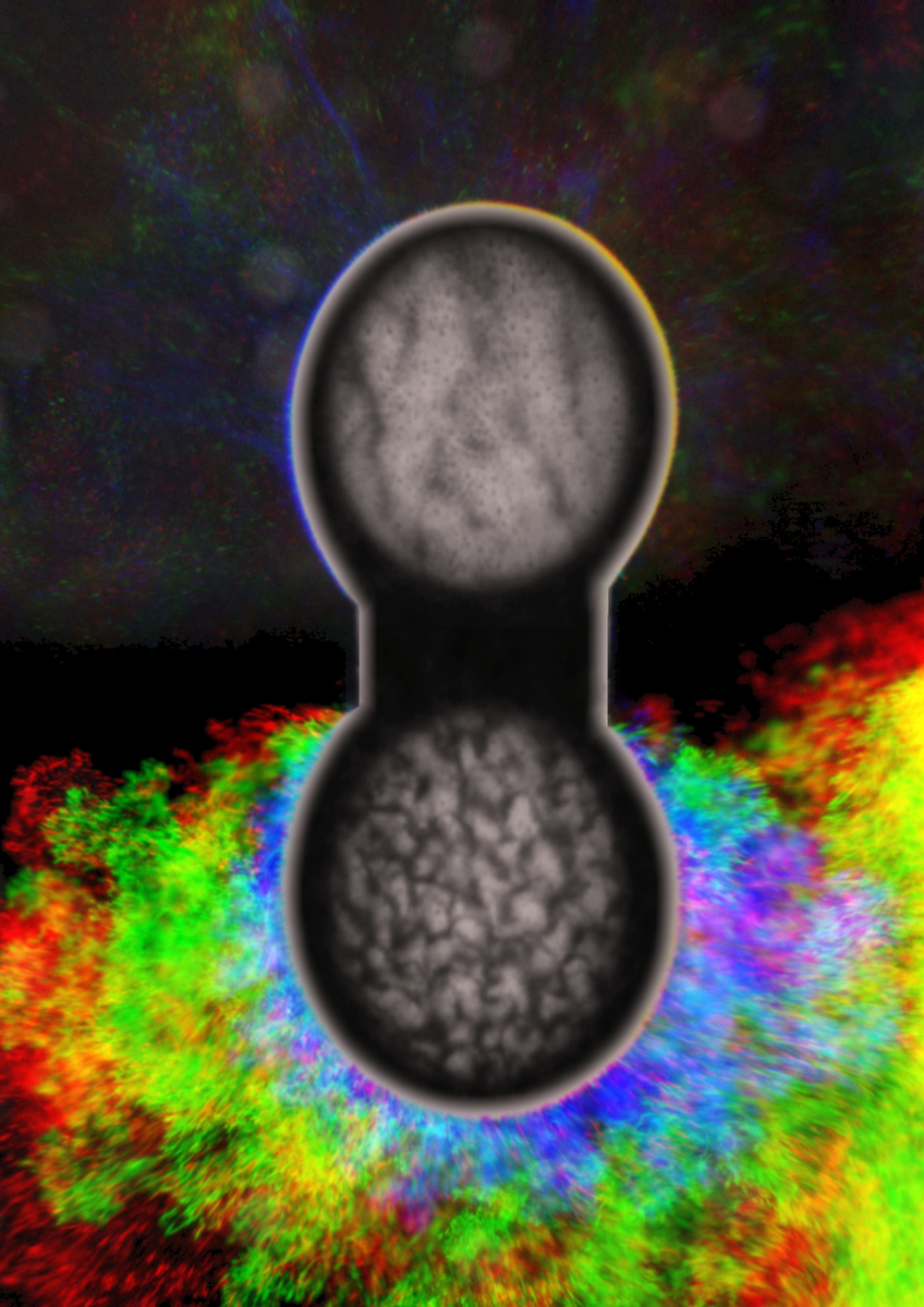
This work was carried out in collaboration with Thomas P. Russell (Berkeley Lab) and Ahmad K. Omar (UC Berkeley).
The original work was published in Adv. Mater. 36, 2310435 (2024). 🔗
The February workshops will offer opportunities to learn about physical principles, complete hands-on art projects, and model what is seen through the use of mathematics. We will provide an inside perspective on why you should choose physics and its relevance today.
START SMART is an outreach program envisioned, developed, and organized by our group and supported by the National Science Foundation under grant no. 2203933 and the UNL College of Arts and Sciences.
More information about the Science outside the lab workshop can be found here.
If you are interested in a career in science policy, check out AAAS science and technology policy fellowships that place you (as U.S. citizen) in the executive, legislative, or judicial branch of the U.S. government. And for non-U.S. citizens: check out partner societies.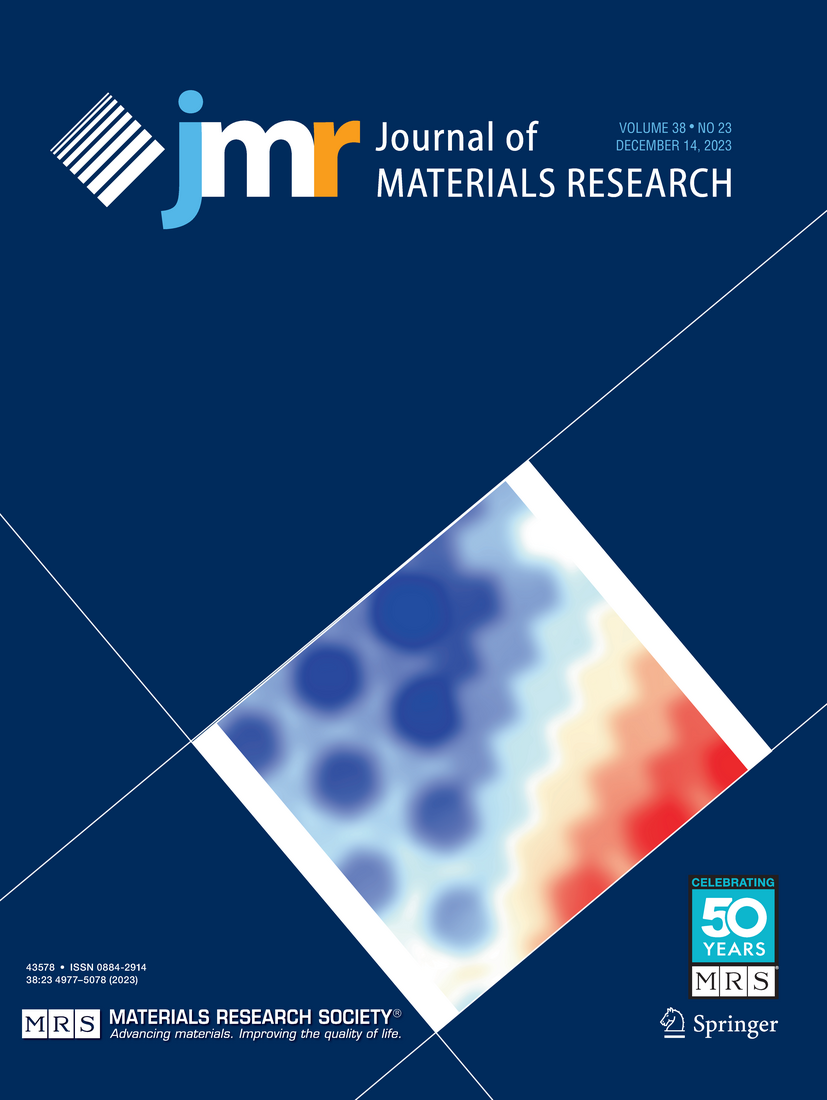
The original work was published in J. Mater. Res. 38, 4977 (2023). 🔗
It is featured as a cover art. 🔗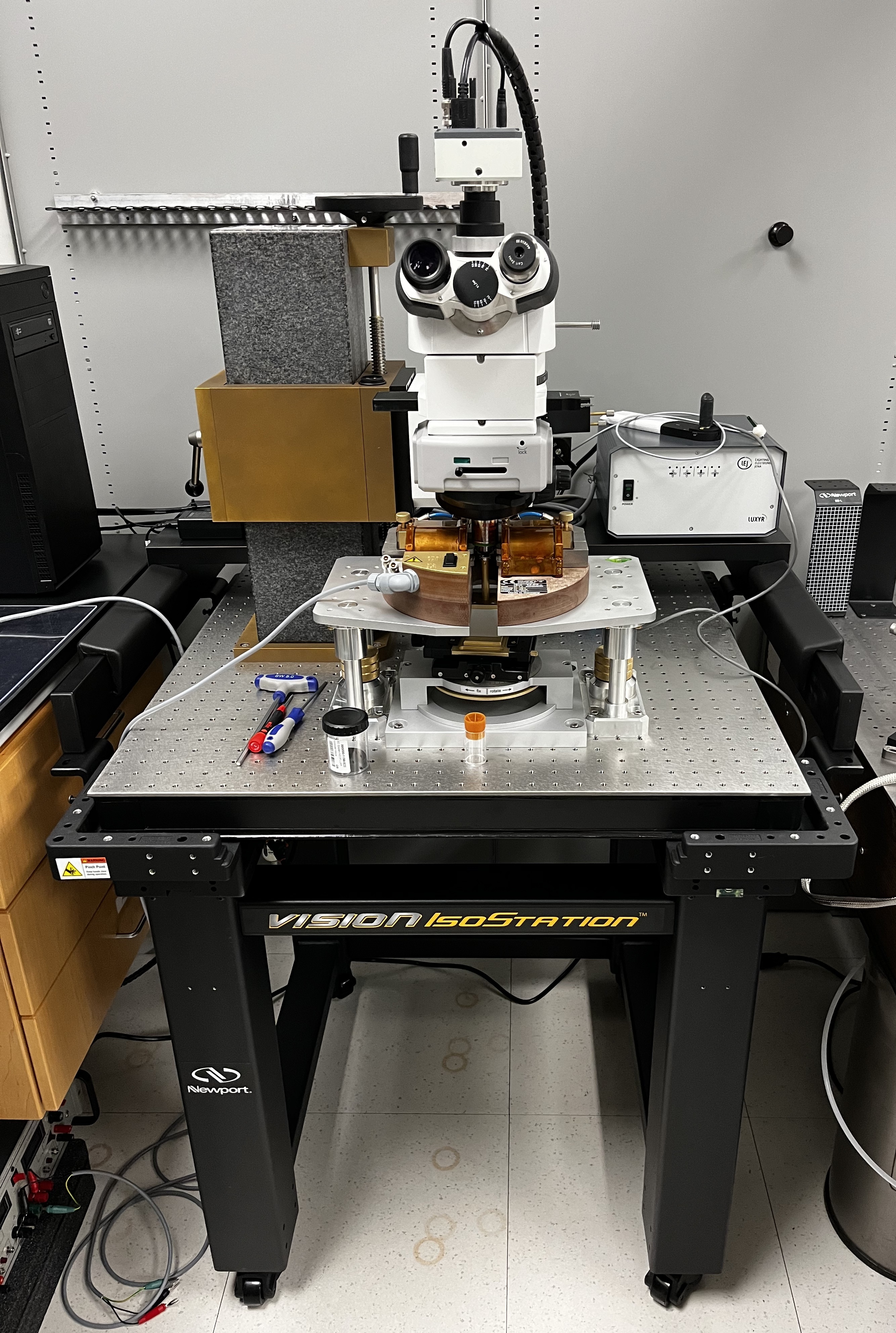
Now, we are thrilled to have our own full-field Kerr microscope, which we can use for education purposes and basic sciences research. It perfectly complements our experimental capabilities.
Many thanks to Rudi Schaefer (Evico Magnetics) for development, installation, and training.

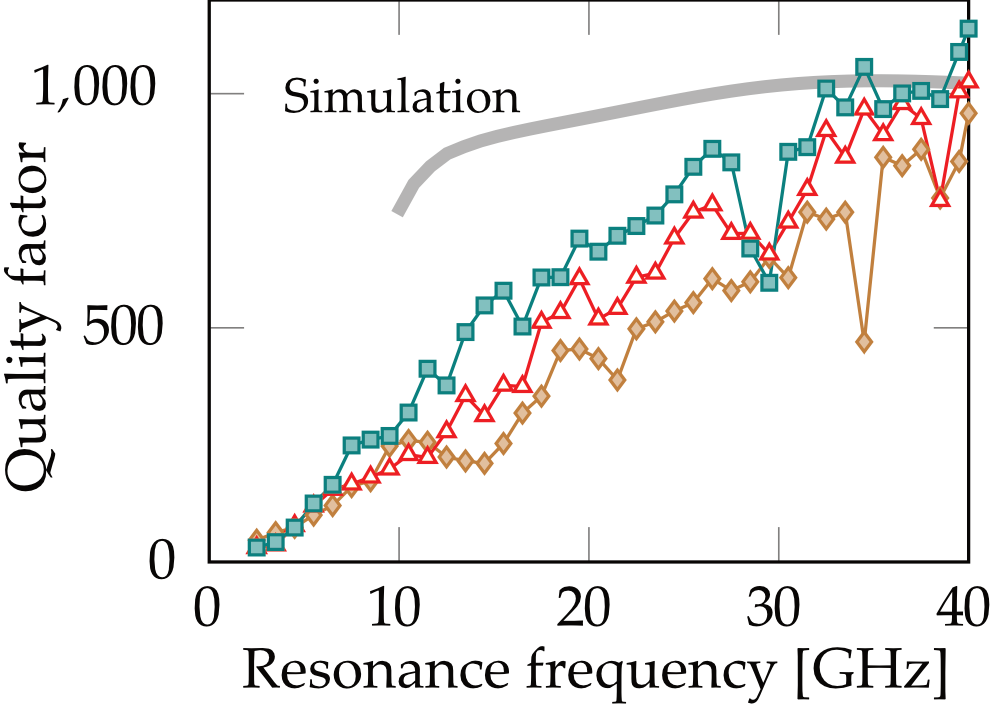
This work was carried out in collaboration with Allen Sweet (Vida Products), Paul Ashby (Berkeley Lab), and Mathias Schubert (UNL).
The original work was published in J. Phys.: Condens. Matter 35, 485801 (2023). 🔗


The three-day workshop was organized by the Arizona State University and is the first faculty-oriented Science outside the lab. It built on twenty years of experience, success, and networks of the graduate-student-centered programs which have been supported by the National Nanotechnology Coordinated Infrastructure and the National Science Foundation.
More information about Science outside the lab can be found here.
If you are interested, check out AAAS science and technology policy fellowships that place you (as U.S. citizen) in the executive, legislative, or judicial branch of the U.S. government. And for non-U.S. citizens: check out partner societies.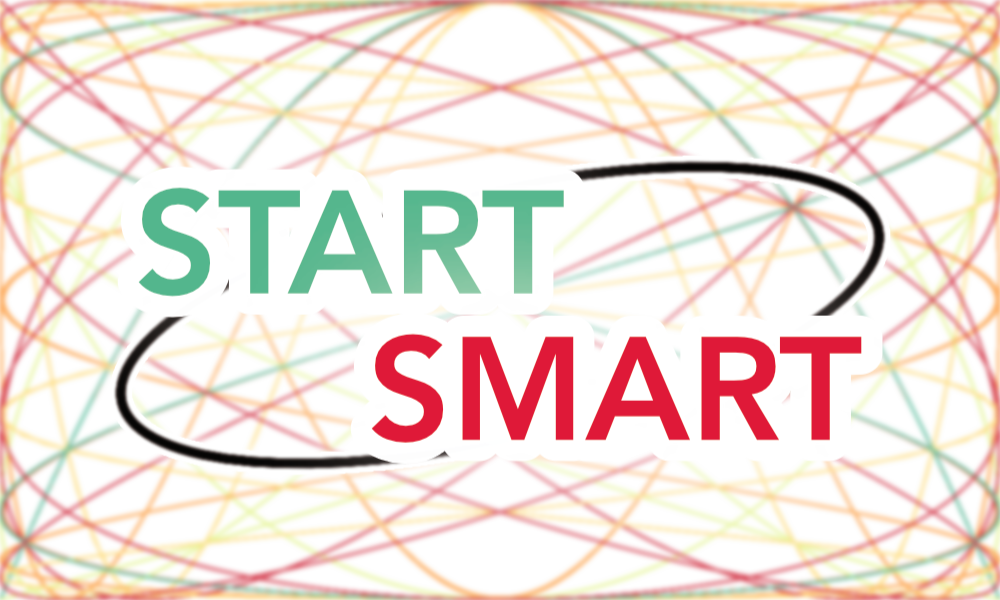


This research will commence his Honors thesis.
More information about NCESR can be found here.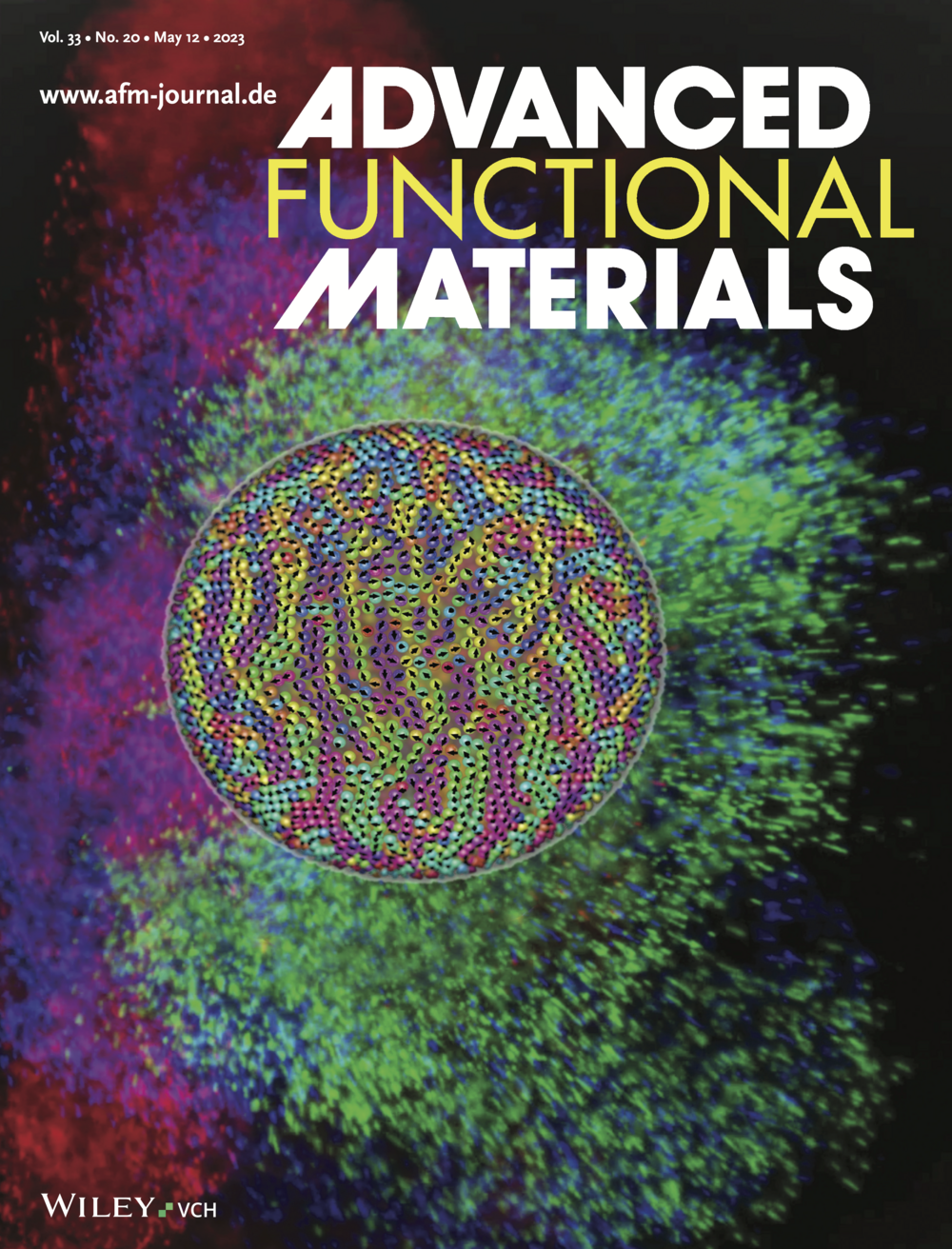
This work was carried out in collaboration with Thomas P. Russell (Berkeley Lab) and Ahmad K. Omar (UC Berkeley).
The original work was published in Adv. Funct. Mater. 33, 2213844 (2023). 🔗
It is featured as a cover art. 🔗
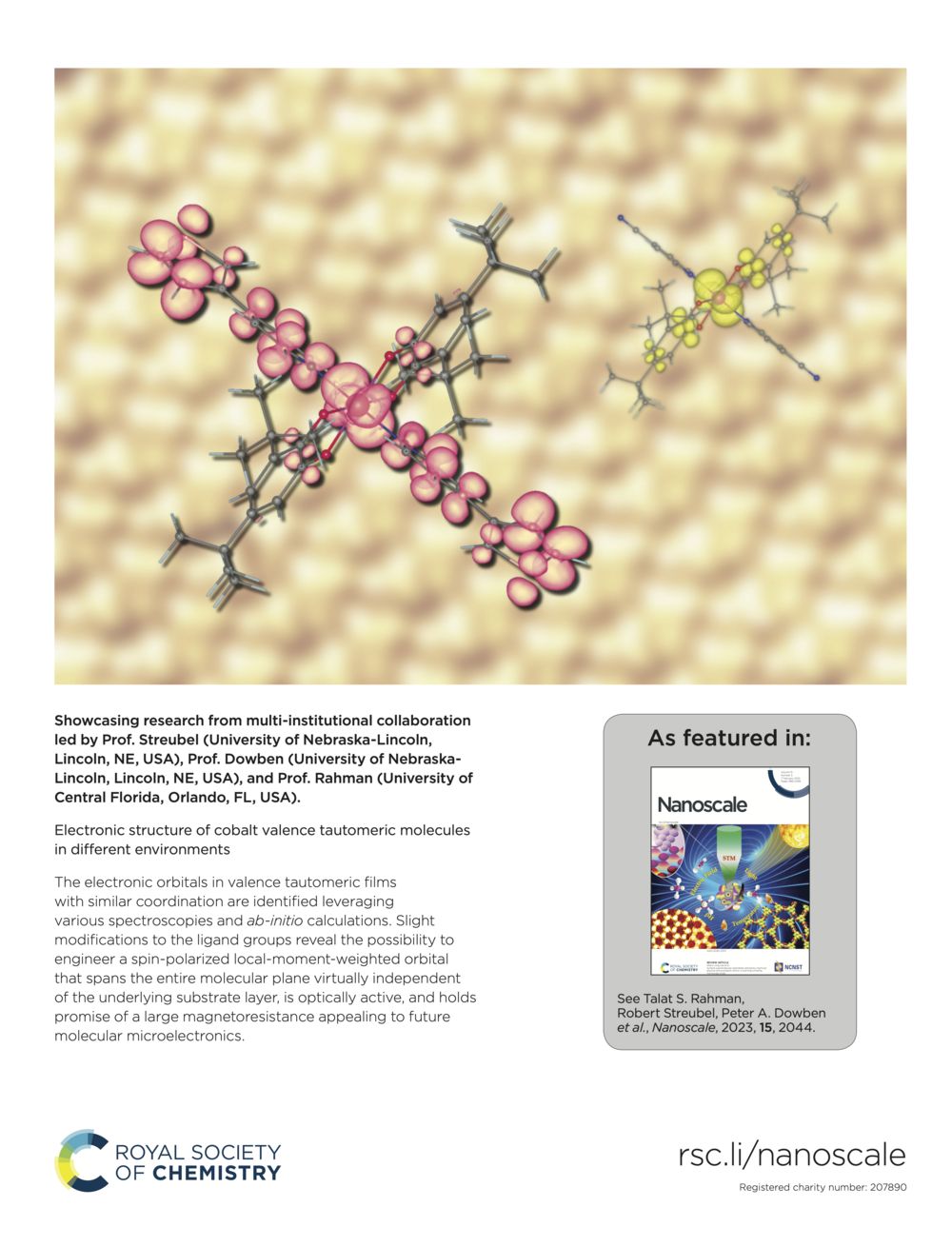
This work was carried out in collaboration with Peter Dowben, Rebecca Lai (both UNL), Talat Rahman (UCF), Michael Shatruk (FSU), Ruihua Cheng (IUPUI), and Alpha N'Diaye (Berkeley Lab).
The original work was published in Nanoscale 15, 2044 (2023) 🔗 as part of their 2023 Emerging Investigators themed collection.
It is featured as a cover art.
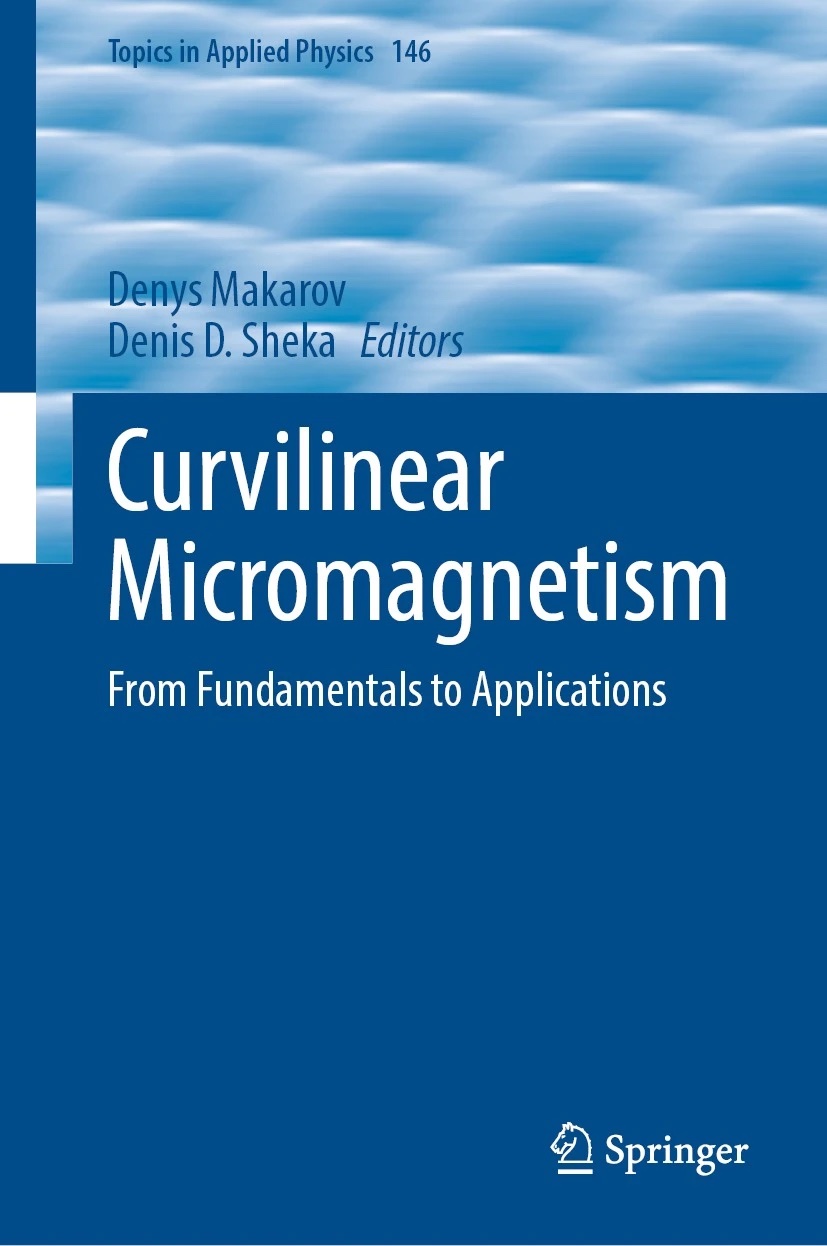
Our book chapter concerns recent theoretical and experimental advances in the study of tubular magnetic geometries and is co-authored by Pedro Landeros (Universidad Tecnica Federico Santa María, Chile), Jorge A. Otalora (Universidad Catolica del Norte, Chile), and Attila Kakay (Helmholtz-Zentrum Dresden - Rossendorf, Germany).
The book chapter was published in Denys Makarov and Denis D. Sheka (Eds.): Curvilinear Micromagnetism, 163-213, Springer (2022). 🔗

The RII Track-1: Emergent Quantum Materials and Technologies (EQUATE) program is sponsored by the National Science Foundation/EPSCoR to establish the state of Nebraska and UNL specifically as a center for future quantum materials and quantum information sciences.
More information about Nebraska's RII Track-1: Emergent Quantum Materials and Technologies (EQUATE) program can be found here.






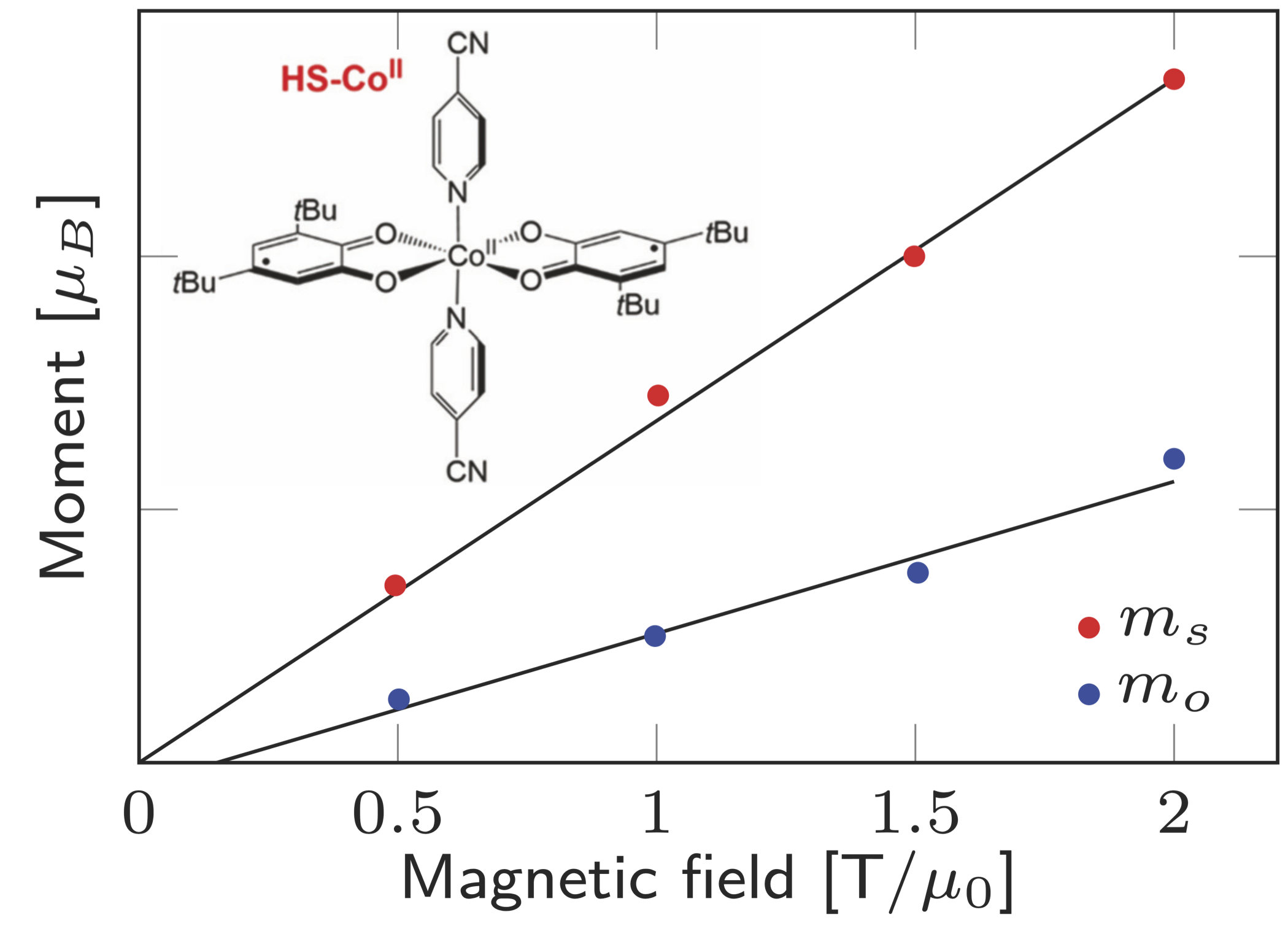
This work was led by Peter Dowben (UNL) and carried out in close collaboration with Michael Shatruk (FSU), Ruihua Cheng (IUPUI), John Freeland (ANL), Vivien Zapf (Los Alamos), Alpha N'Diaye and Padraic Shafer (Berkeley Lab).
The original work was published in Chem. Commun. 58, 661 (2022). 🔗
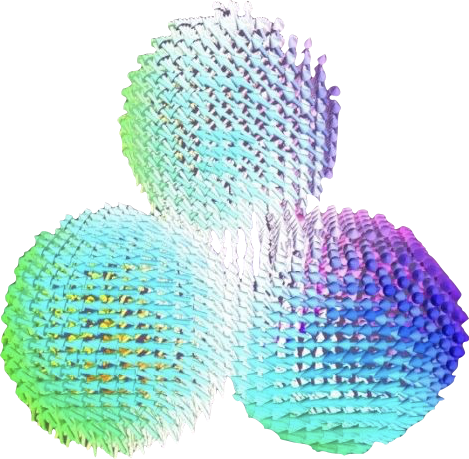
This work was led by Ralph Skomski and David J. Sellmyer (UNL) and carried out in collaboration with Alpha N'Diaye and Padraic Shafer (Berkeley Lab).
The original work was published in Phys. Rev. Materials 5, 124418 (2021). 🔗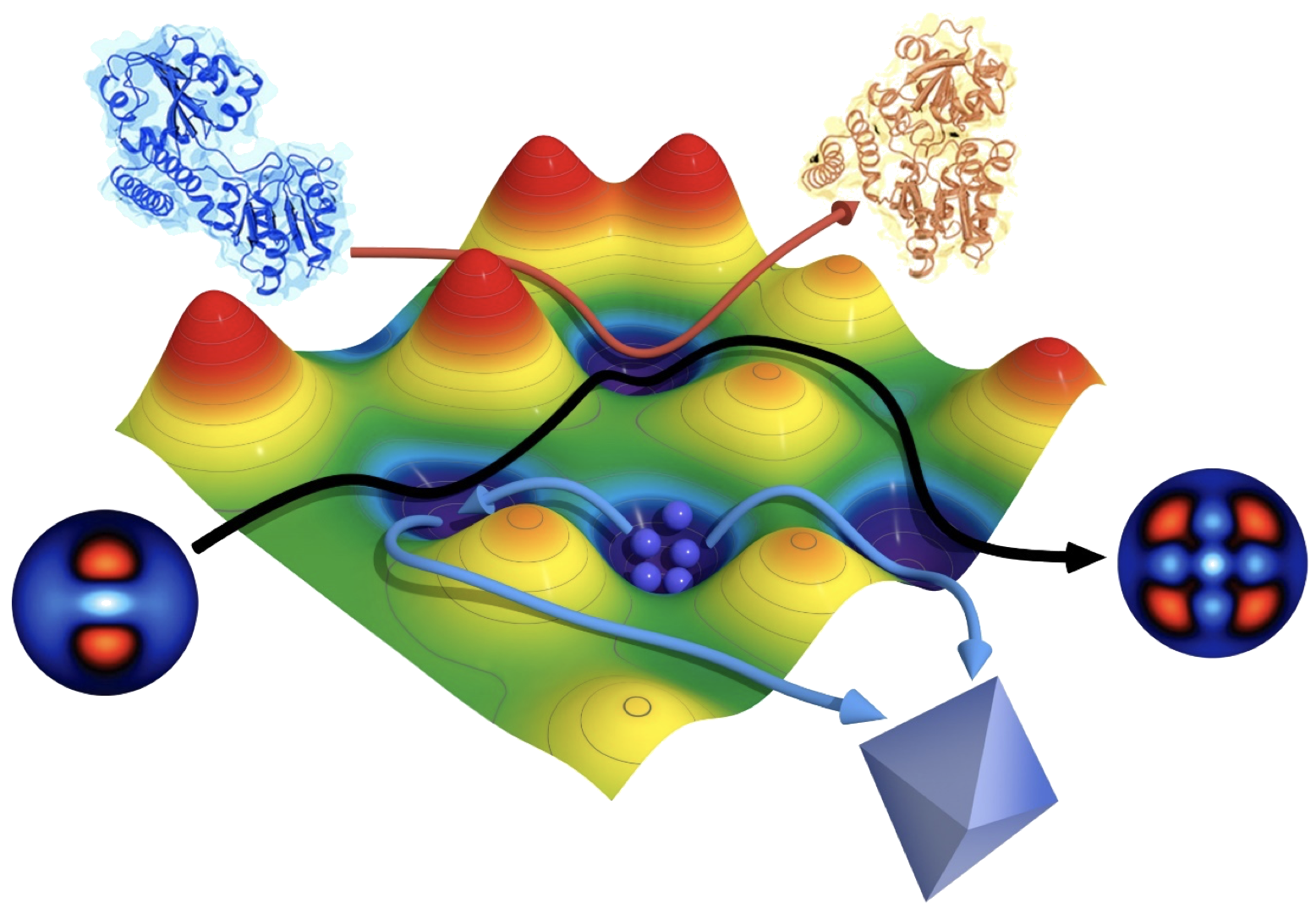
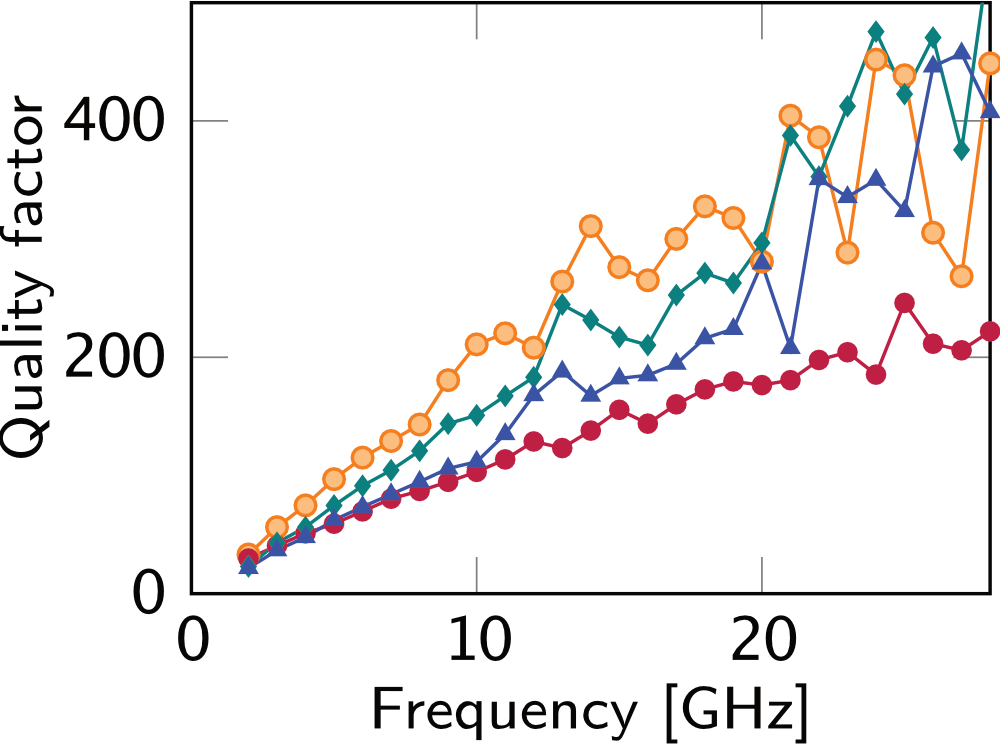
This work was carried out in close collaboration with Allen Sweet (Vida Products), Yuri Suzuki (Stanford), Mingzhong Wu (Colorado State), and Peter Fischer and Stefano Cabrini (Berkeley Lab).
The original work was published in Appl. Phys. Lett. 119, 172405 (2021). 🔗
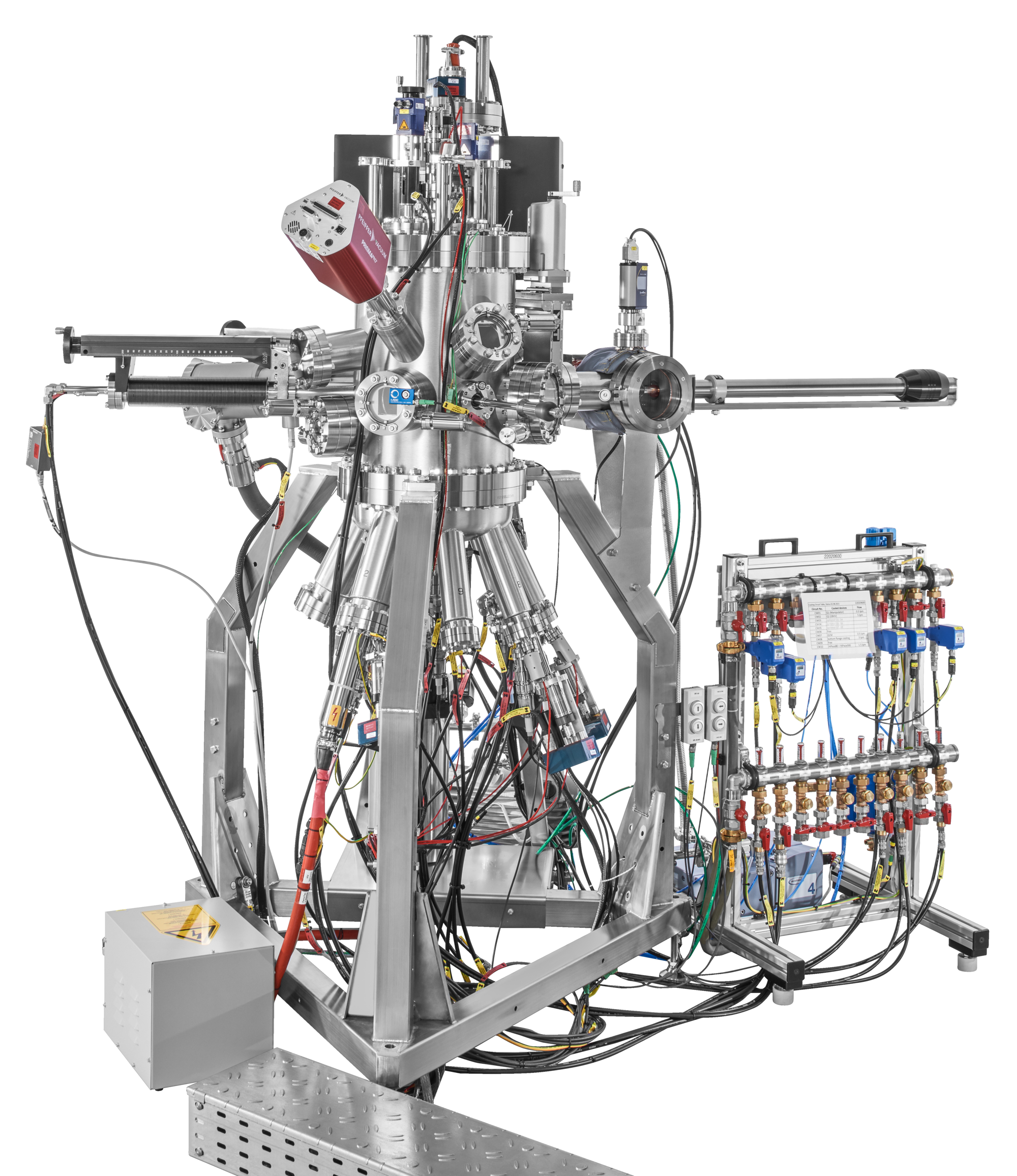
We are thrilled to see where it will lead us.
Many thanks to Karl Eberl, Christian Caspers, Frank Huber, and Henning Fricker (MBE Komponenten), and Claudio Goncalves, and John Braun (United Mineral & Chemical) who have been working on this project for more than a year.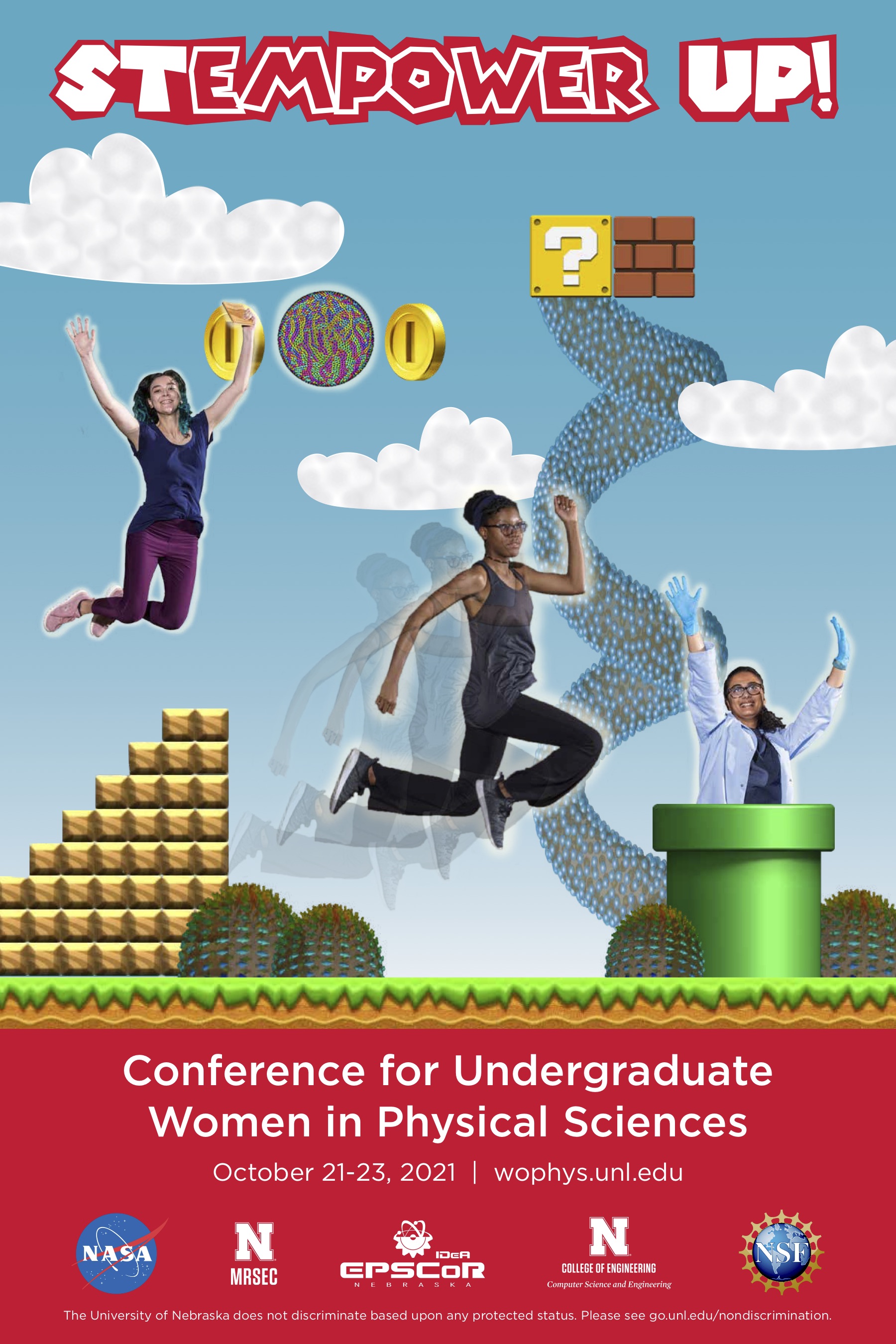
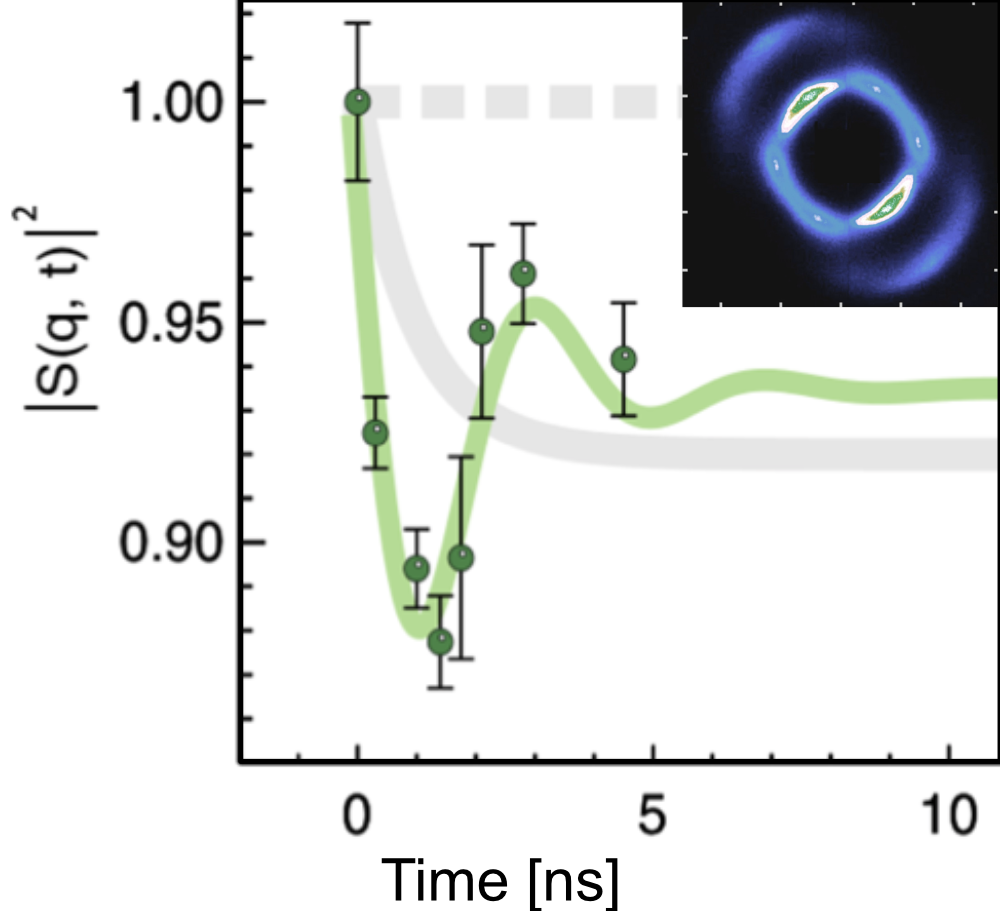
This work was led by Joshua Turner (SLAC) and carried out in close collaboration with Eric Fullerton and Sunil Sinha (UCSD), and Steve Kevan and Peter Fischer (Berkeley Lab).
The original work was published in Phys. Rev. Res. 3, 033249 (2021). 🔗
Our activities are highlighted in: SLAC | Newswise | Phys.org

Visualizing science and physical mechanisms and interactions may provide a route toward 1) increasing diversity and inclusion in science, technology, engineering, and mathematics, 2) engaging the general public, and 3) integrating arts with sciences in middle school, high school, college, grad school and even for professionals.
Check it out. 🔗
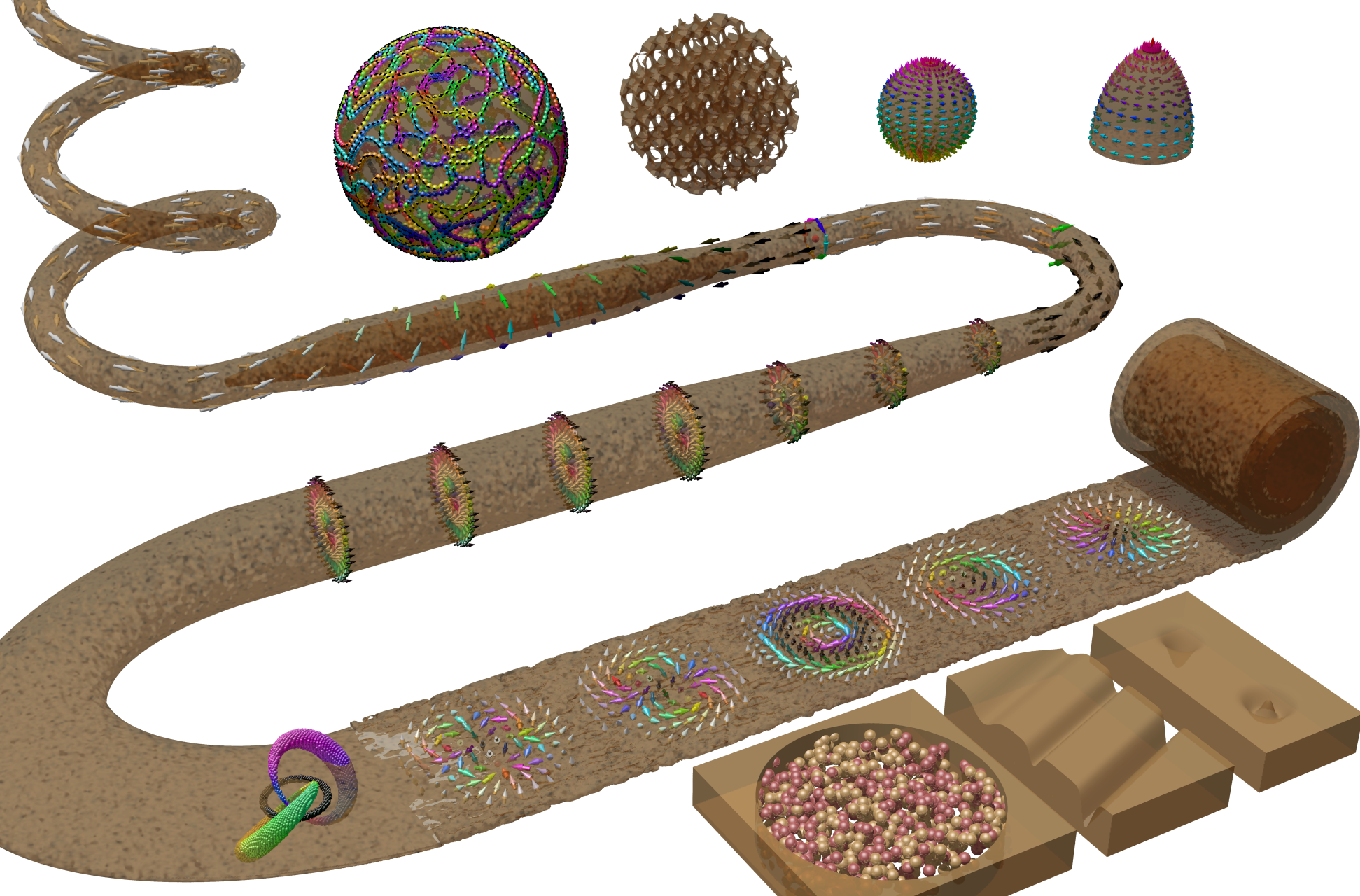


Robert Streubel joined the Low-temperature Phenomena in Quantum Matter panel for the Roundtable on Research Opportunities in the Physical Sciences enabled by Cryogenic Electron Microscopy. Transmission electron microscopy is uniquely positioned to probe quantized spin excitations and topological phases in crystalline, amorphous/heterogeneous and heterostructured quantum materials by directly visualizing the magnetization vector field with phase contrast imaging and vector field tomography. Superior spatial resolution and sensitivity will enable to decipher the influence of structural, chemical and electronic heterogeneity on spin-orbit coupling and emergent topological objects.
More information about BES reports can be found here.

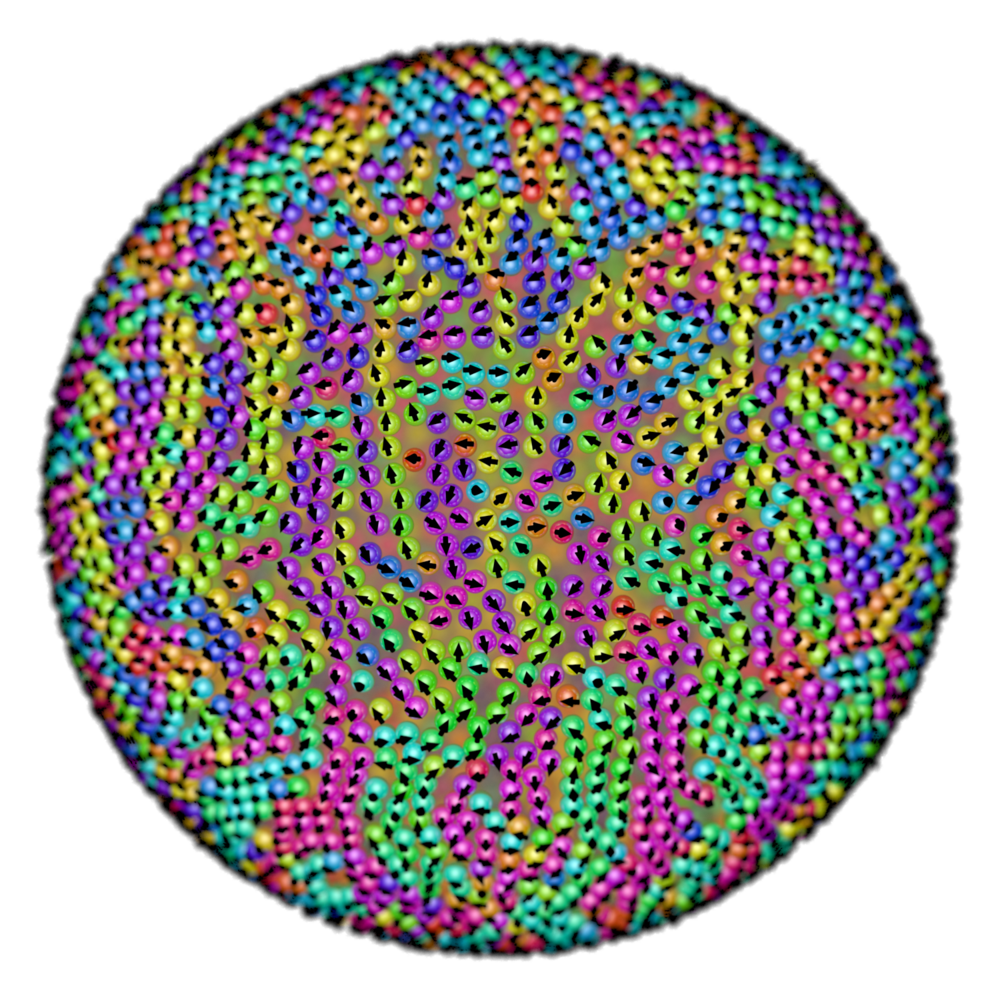
The work was carried out in collaboration with the Berkeley Lab's Materials Sciences Division.
The original work was published in Proc. Natl. Acad. Sci. USA 118, e2017355118 (2021). 🔗
Our activities are highlighted in: CommUnique News from the Department of Energy, Office of Science | Nebraska Today | Tohoku University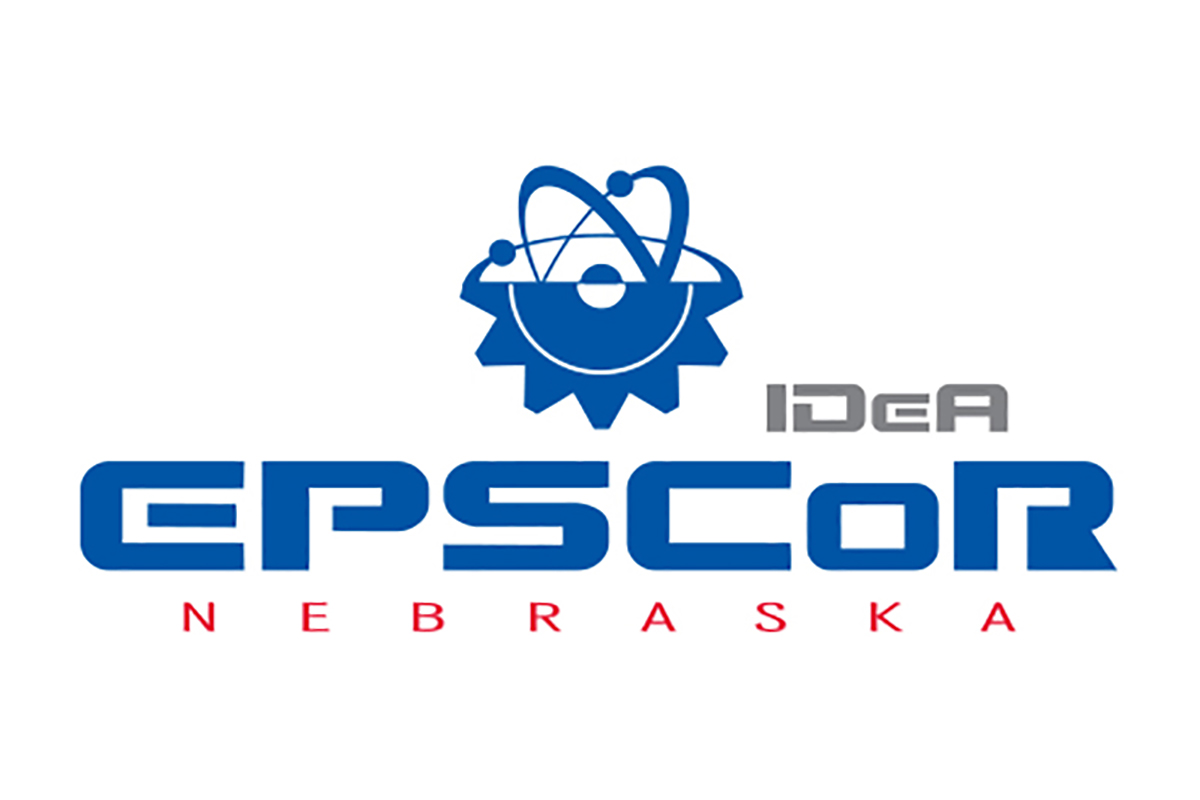
The Nebraska EPSCoR FIRST Award is funded by the National Science Foundation's (NSF) infrastructure grant to Nebraska EPSCoR and provides assistance to Nebraska's early-career, tenure-track faculty.
More information can be found online. 🔗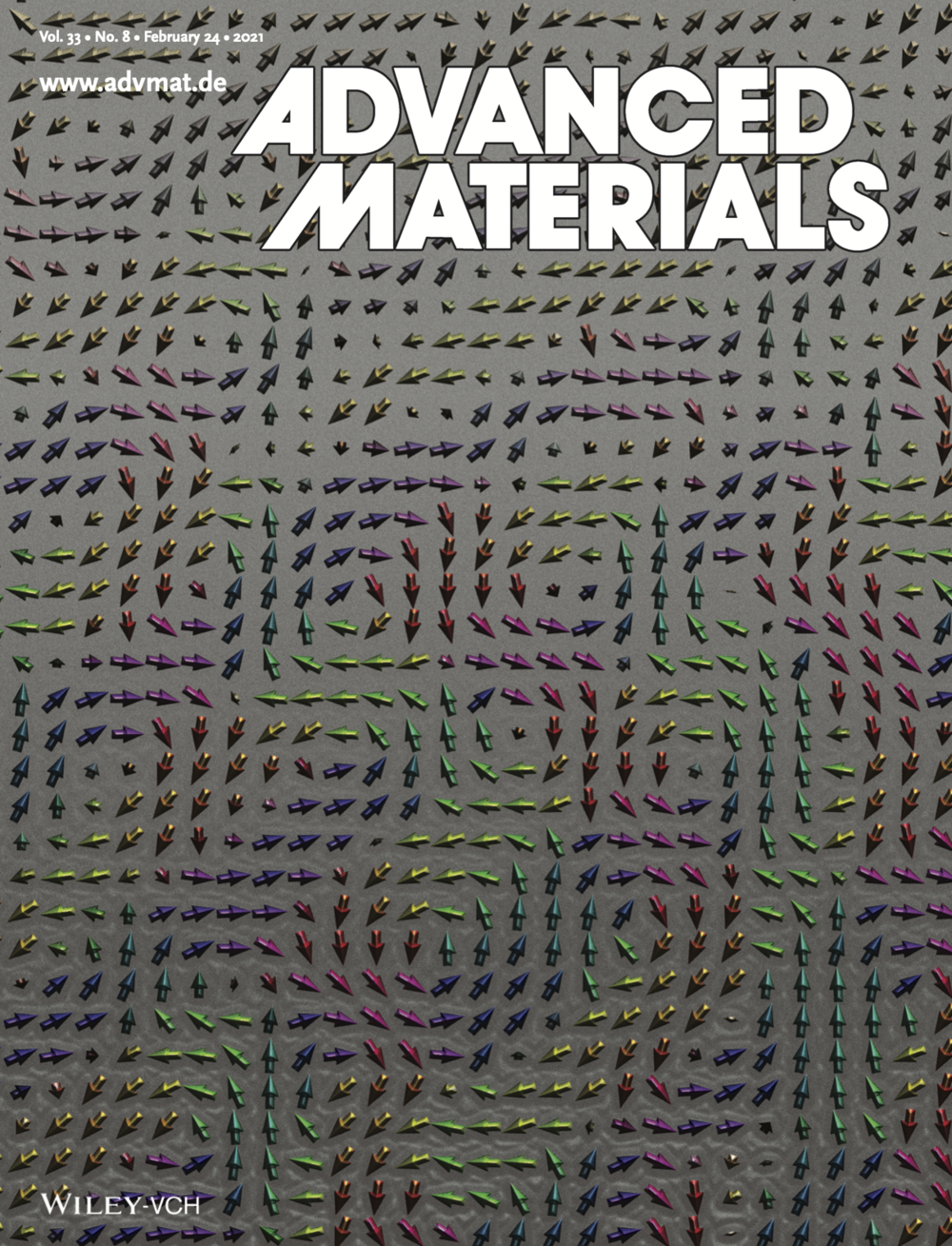
The work was carried out in collaboration with the University of California, Berkeley, and at Berkeley Lab's Advanced Light Source, National Center for Electron Microscopy, and Materials Sciences Division.
The original work was published in Adv. Mater. 33, 2004830 (2021). 🔗
It is featured as a cover art. 🔗

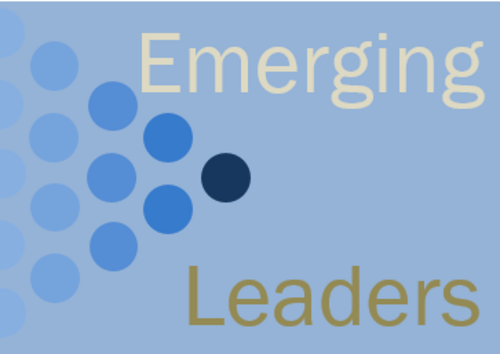
The work was carried out in collaboration with Western Digital and at Berkeley Lab's Advanced Light Source.
The work was published in J. Phys.: Condens. Matter 33, 104003 (2021) 🔗 as part of the 2020 Emerging Leaders special issue.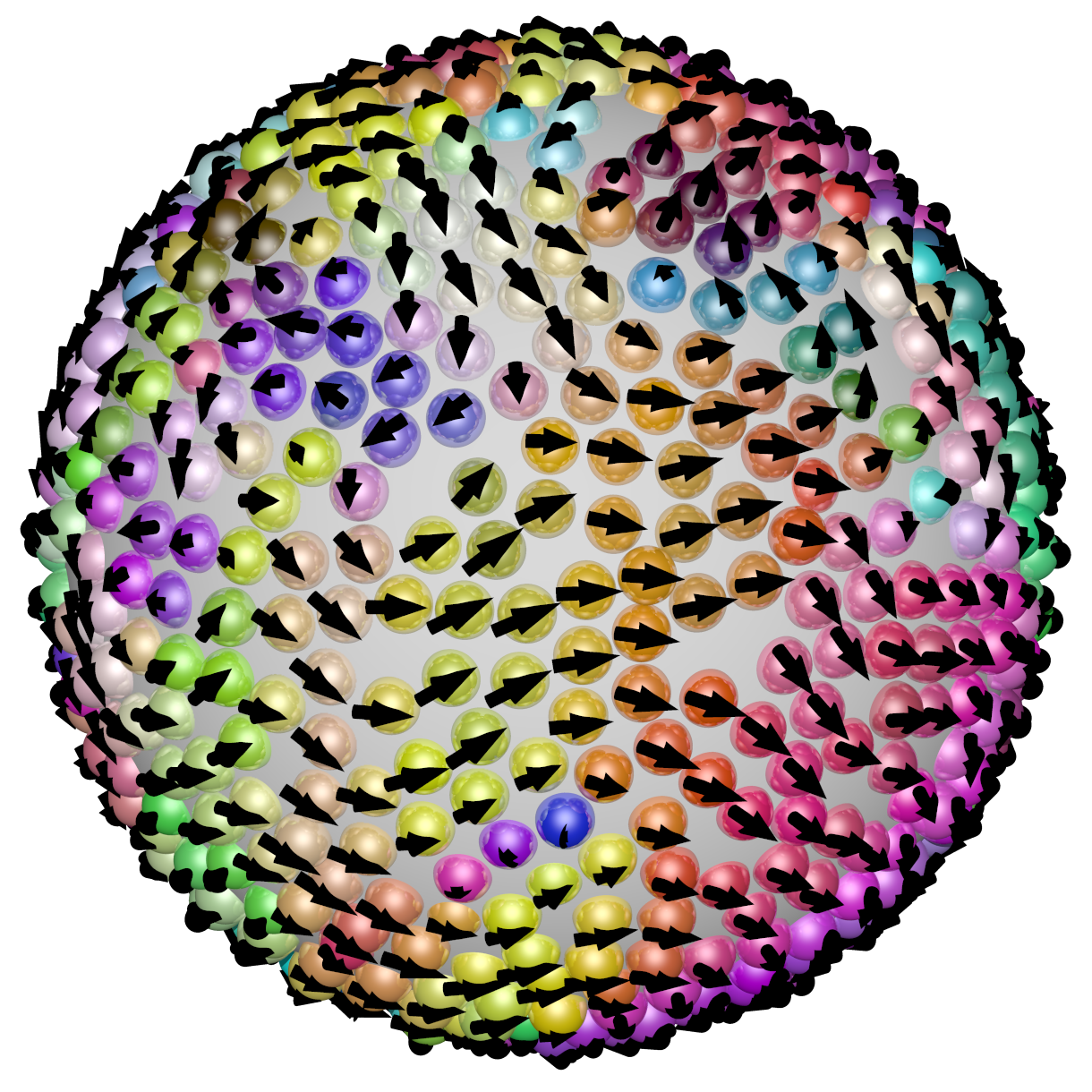
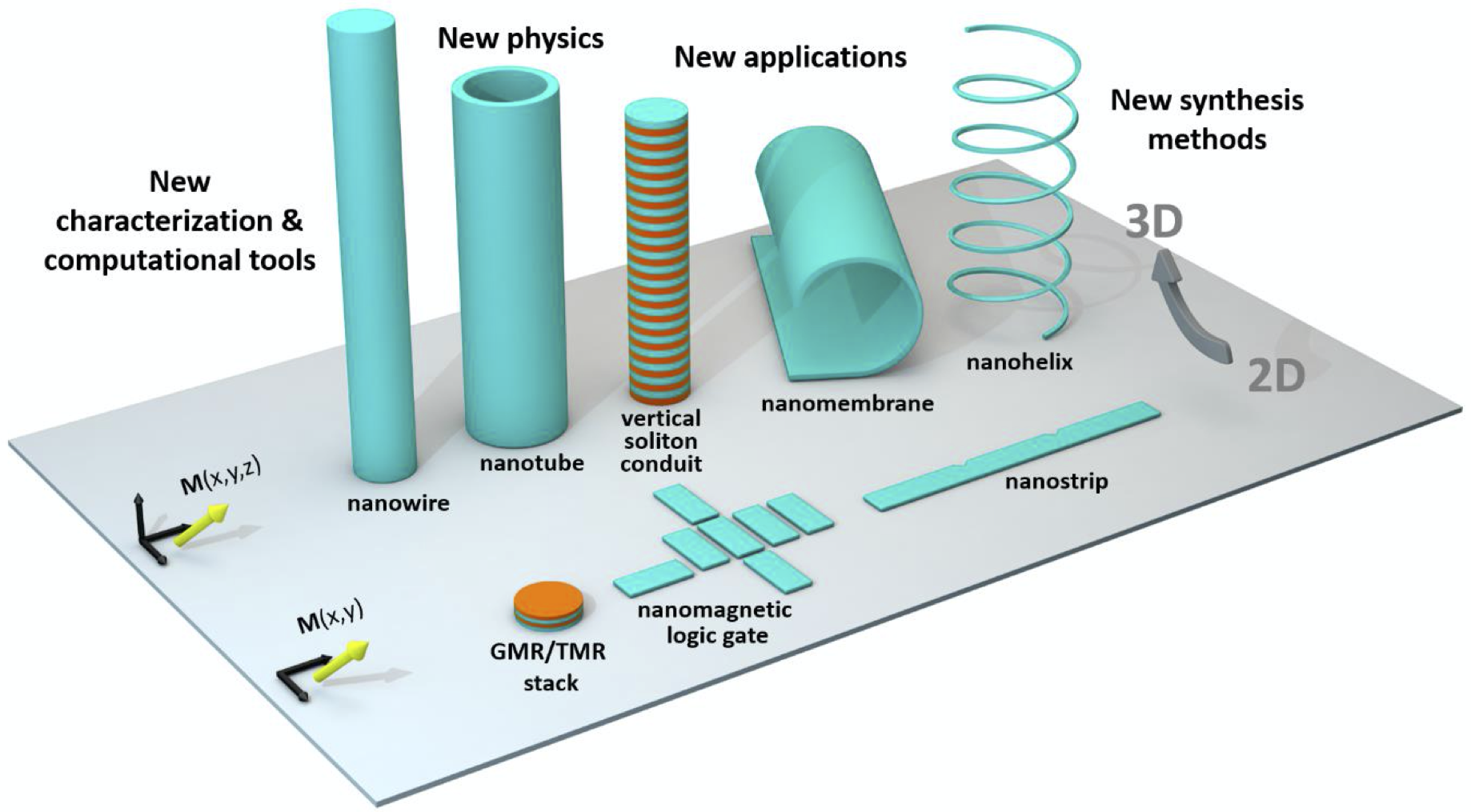
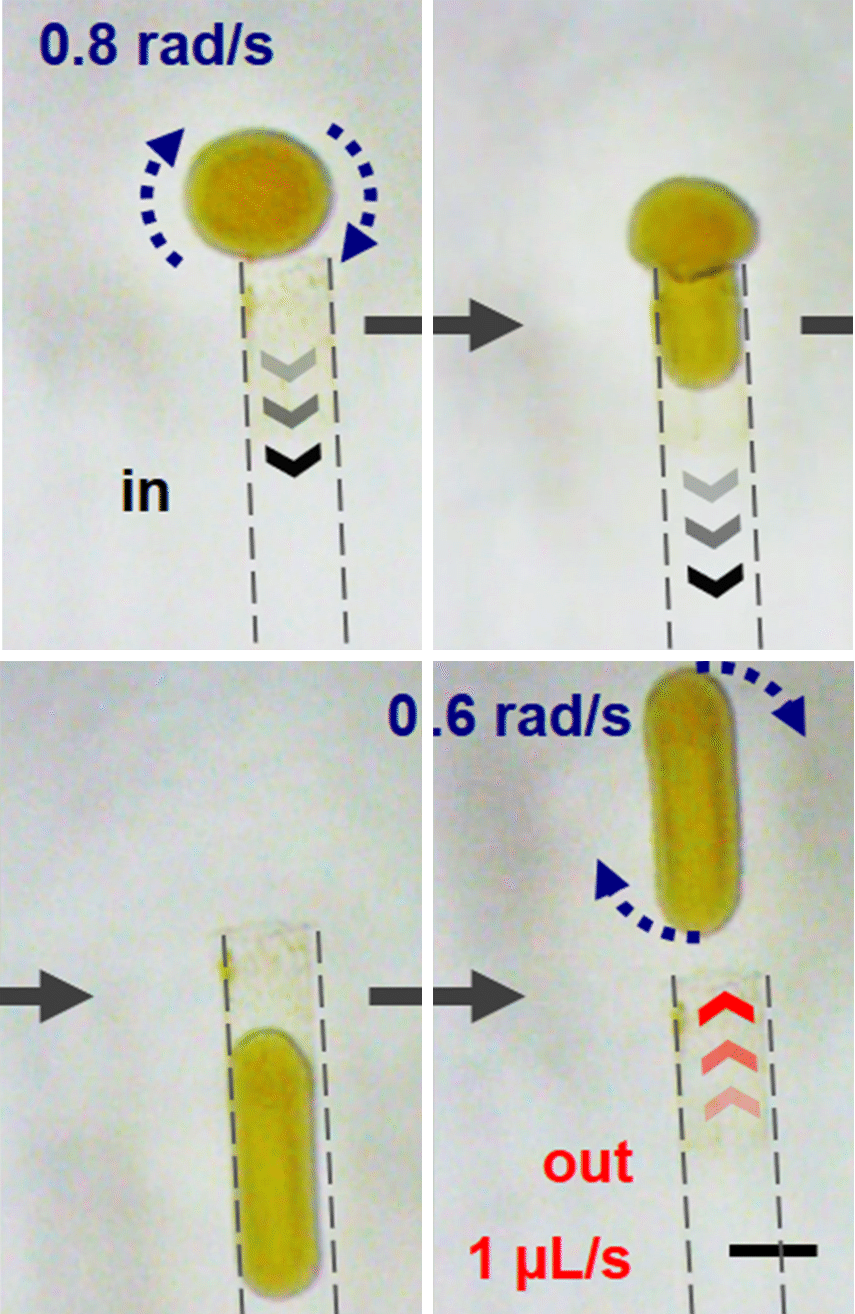
"This new liquid is [...] mesmerizing [...] and could be a boon to medicine and robotics" (New York Times).
The work was carried out in collaboration with Berkeley Lab's Materials Sciences Division.
The original work was published in Science 365, 264 (2019). 🔗
Our activities are highlighted in: Science Perspective | Science Podcast | New York Times | Berkeley Lab | Newswise | Science News | Phys.org | pro-physik.de
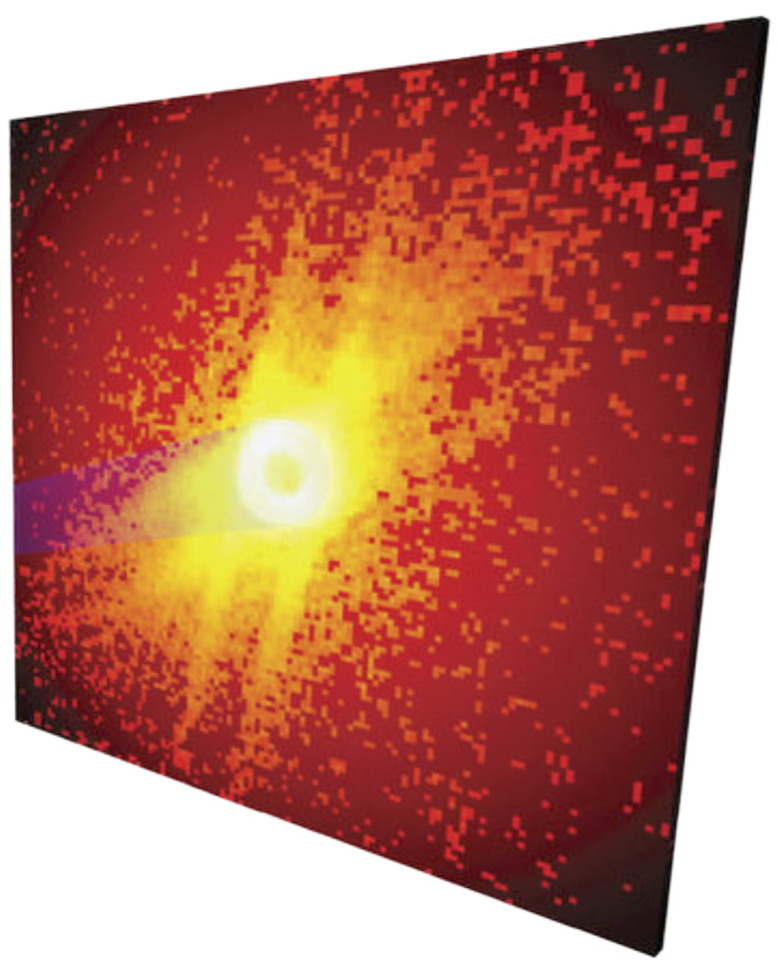
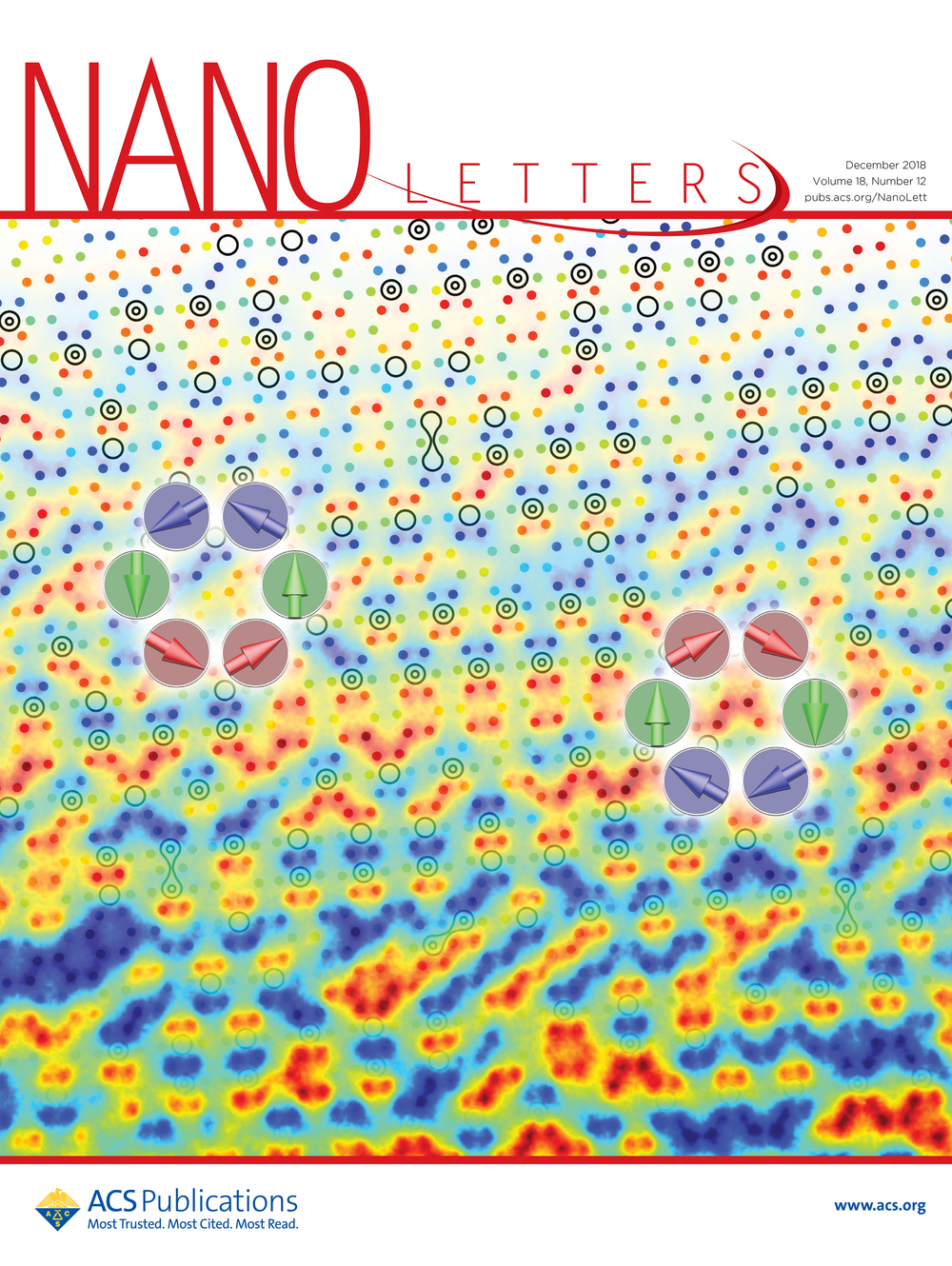
The work was carried out in collaboration with Berkeley Lab's Advanced Light Source, Molecular Foundry, and Materials Sciences Division.
The original work was published in Nano Lett. 18, 7428 (2018). 🔗
It is featured as a cover art. 🔗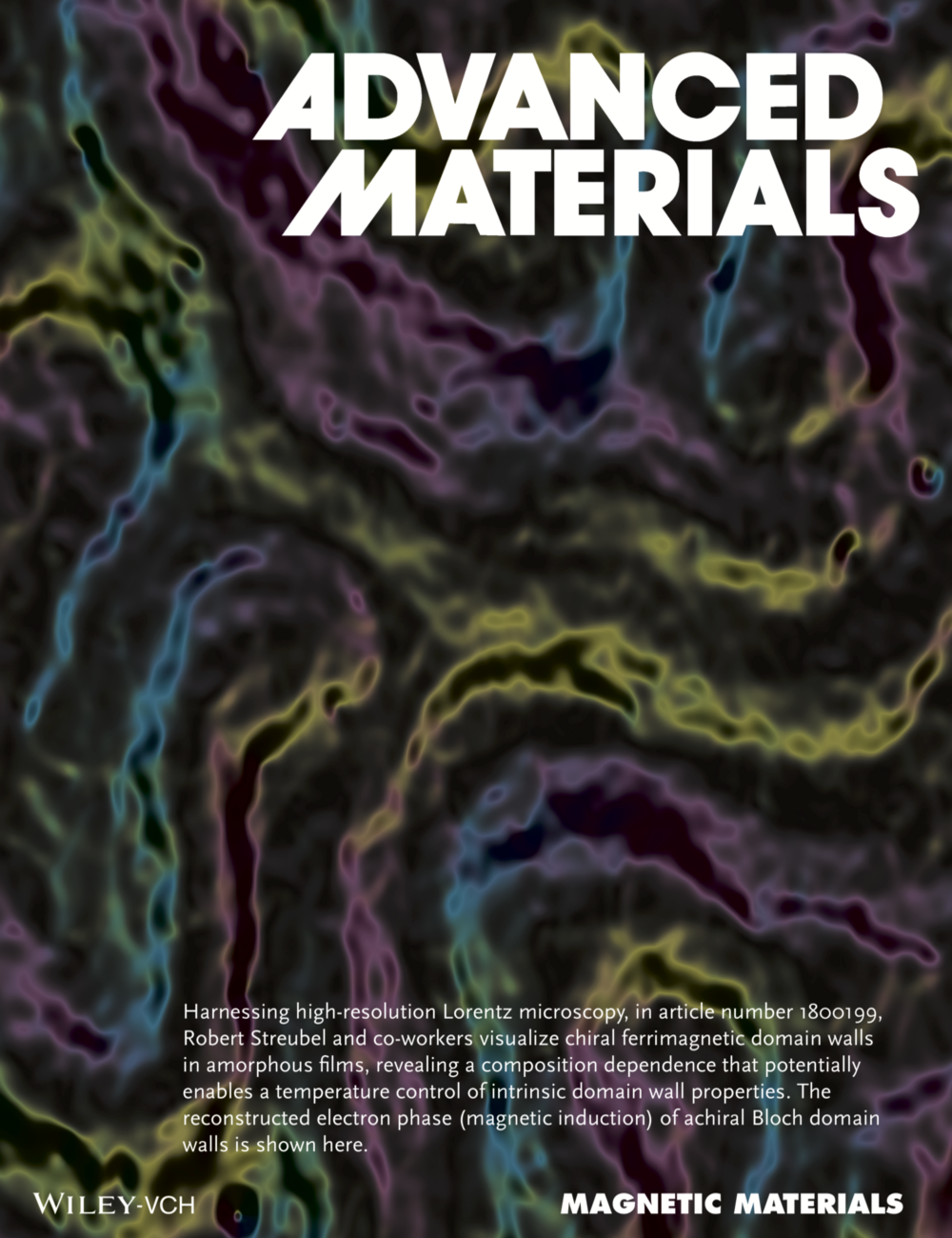
The work was carried out in collaboration with the University of California, Berkeley, and at Berkeley Lab's Advanced Light Source, National Center for Electron Microscopy, and Materials Sciences Division.
The original work was published in Adv. Mater. 30, 1800199 (2018). 🔗
It is featured as a front-is-piece cover art. 🔗
Our activities are highlighted in: Newswise | Berkeley Lab | Phys.org | EurekAlert
Robert Streubel had the great honor to be one of 22 faculty-track attendees selected from the CSU and UC systems. The retreat has been an invaluable experience for extending perception of good leadership and networking with dedicated team players ranging from recently appointed tenure-track to senior professors.
More information on this intriguing program and retreat can be found online. 🔗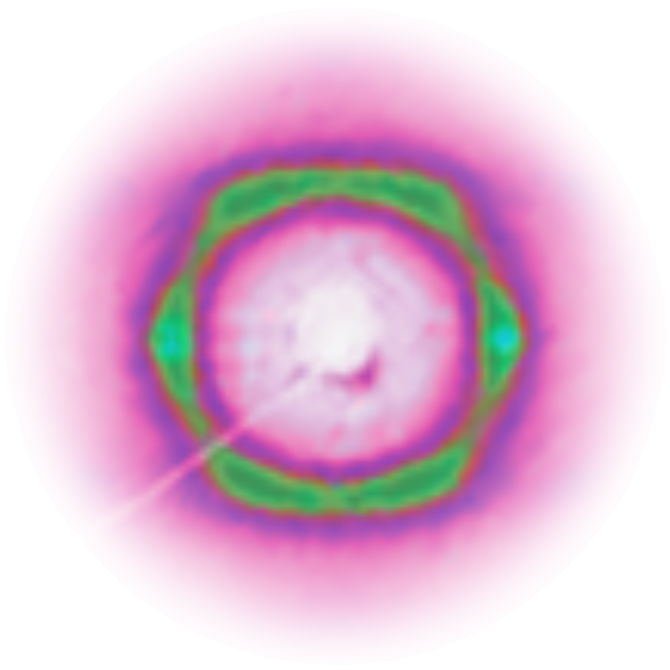
The original work was published in Phys. Rev. Lett. 119, 067403 (2017). 🔗
Our activities are highlighted in: Physics | MRS Bulletin | Newswise | SLAC | Berkeley Lab | Phys.org | Nanowerk | Advantage Business Media | Long Room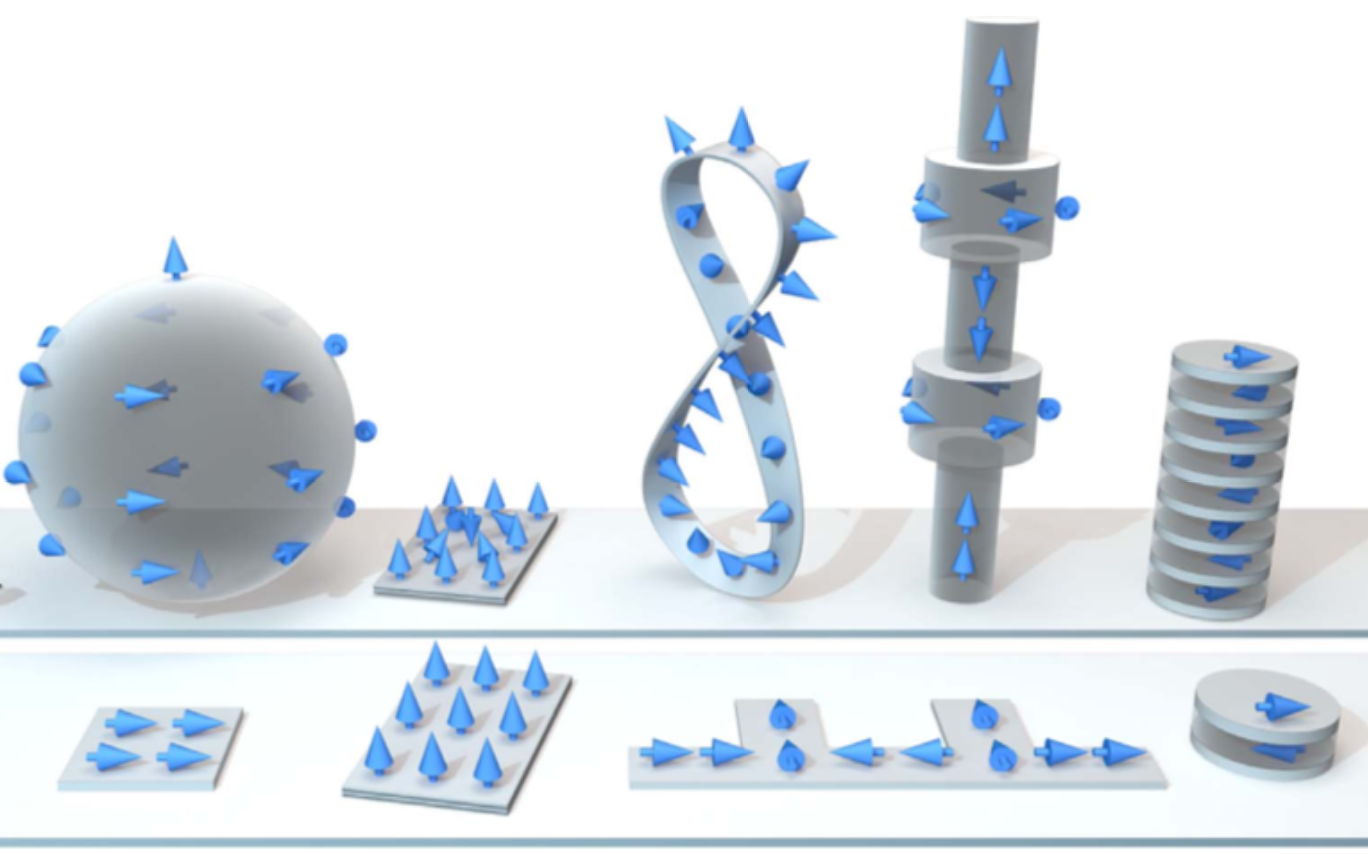
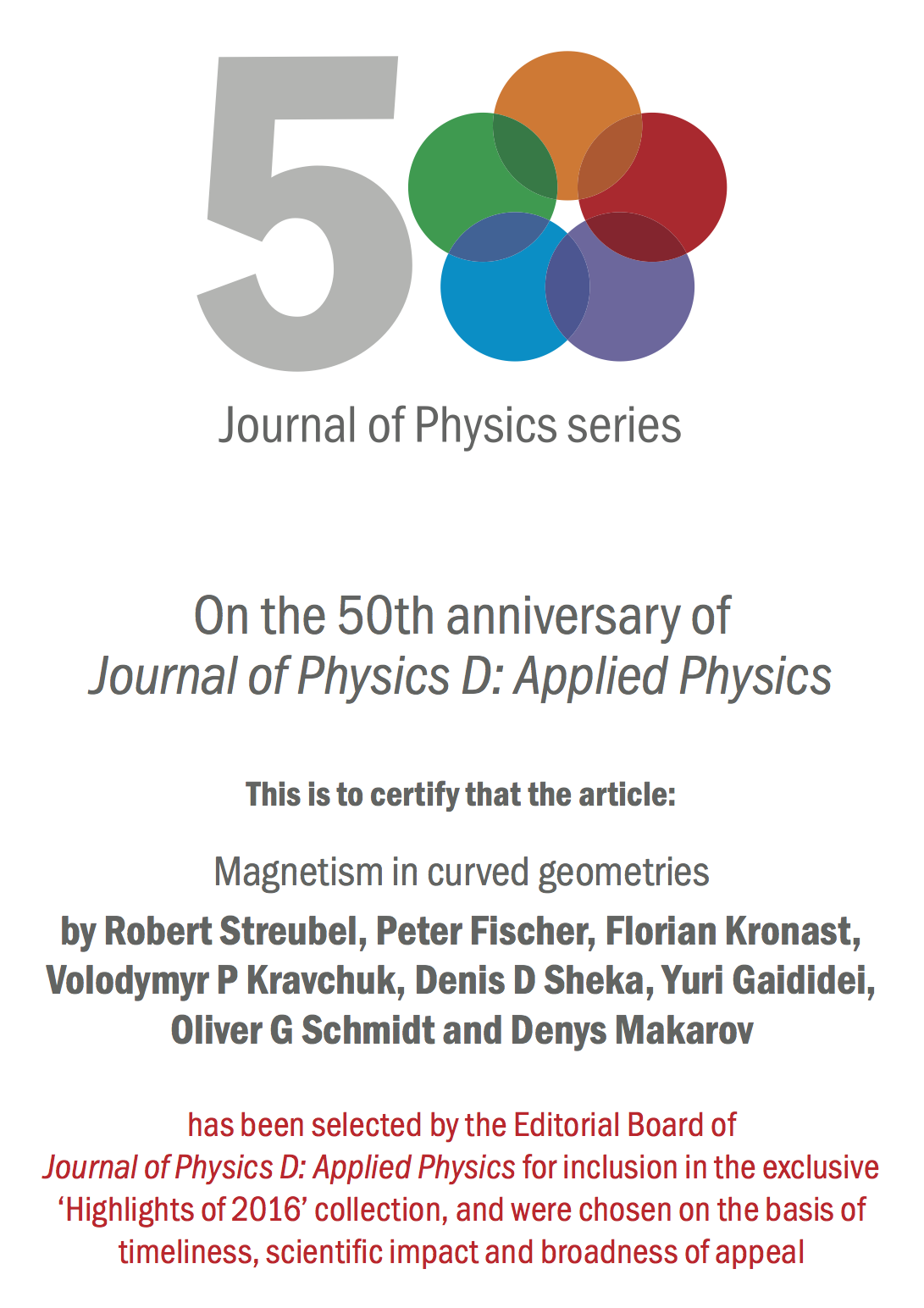
The citation reads:
"Magnetism in curved geometries" by Robert Streubel, Peter Fischer, Florian Kronast, Volodymyr P Kravchuk, Denis D Sheka, Yuri Gaididei, Oliver G Schmidt and Denys Makarov has been selected by the Editorial Board of Journal of Physics D: Applied Physics for inclusion in the exclusive "Highlights of 2016" collection, and were chosen on the basis of timeliness, scientific impact and broadness of appeal.
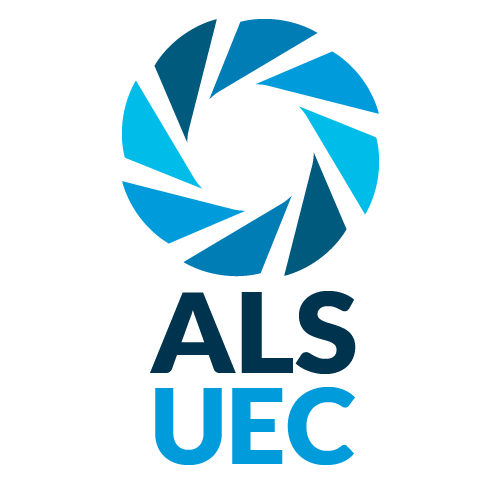
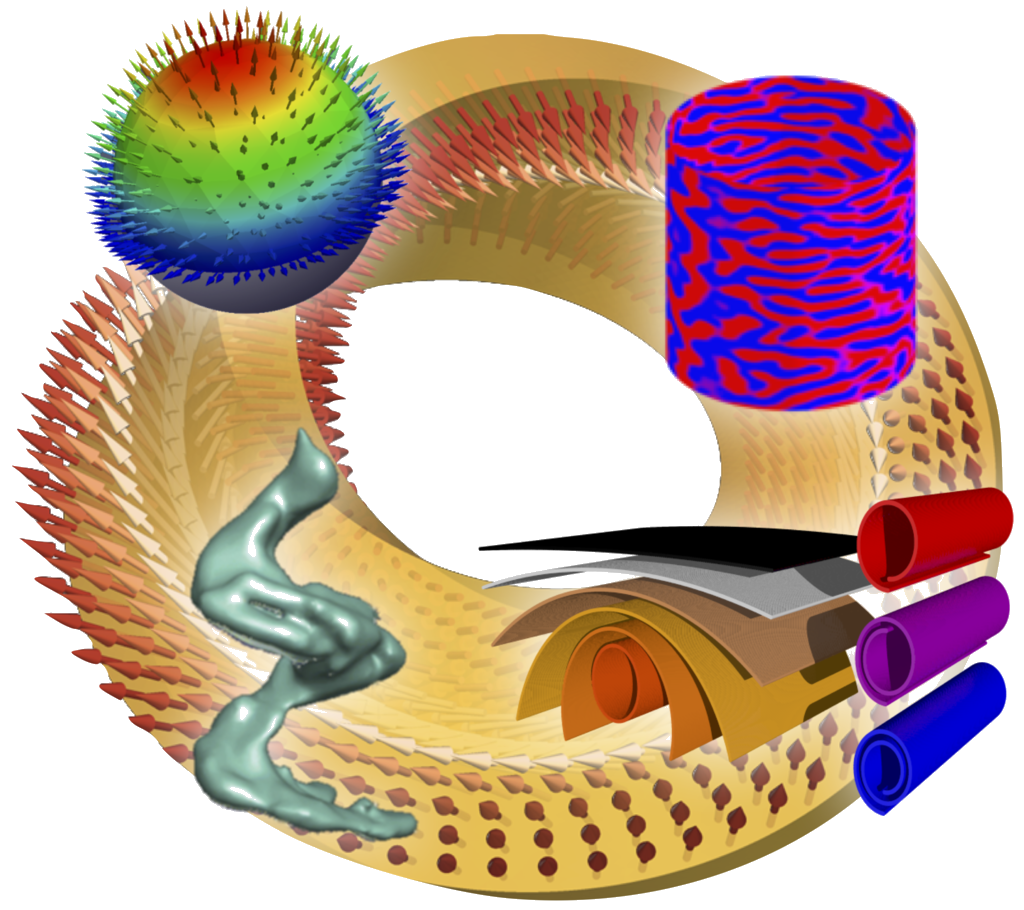
The review was published in J. Phys. D: Appl. Phys. 49, 363001 (2016). 🔗
The review is highlighted in: JPhys+
It has been selected by the Editorial Board of the Journal of Physics D: Applied Physics for inclusion in the "Highlights of 2016" collection. 🔗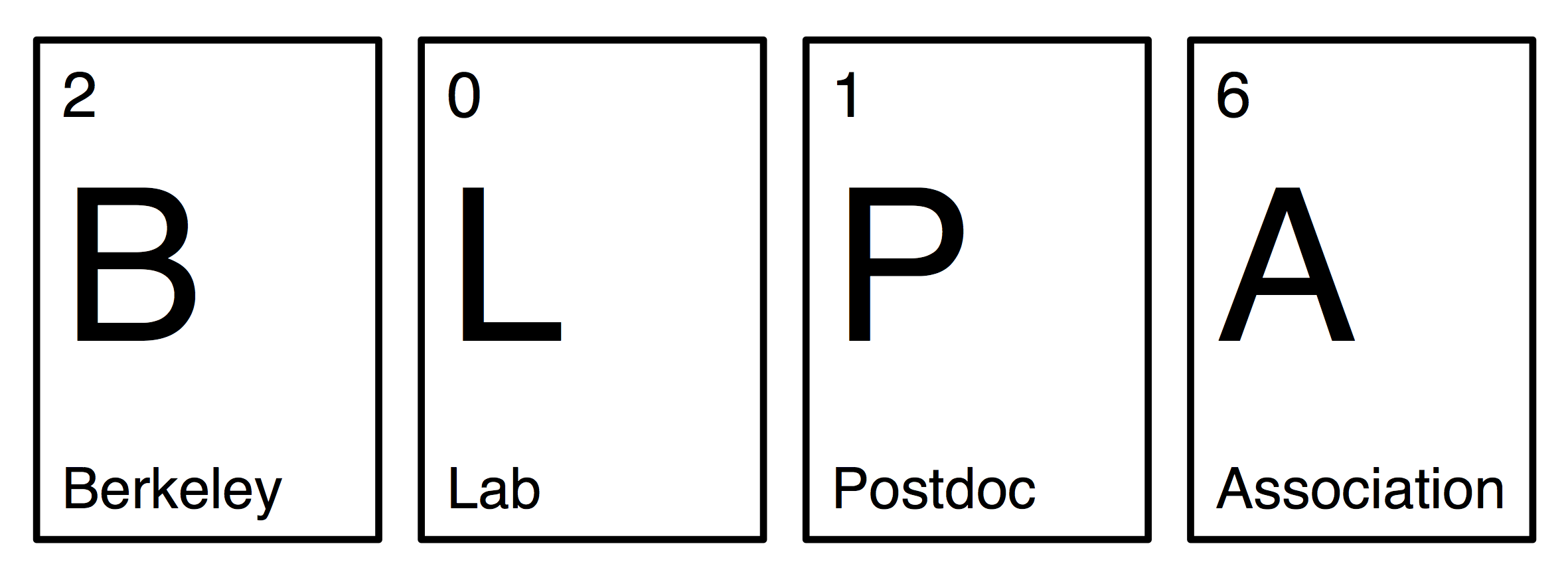
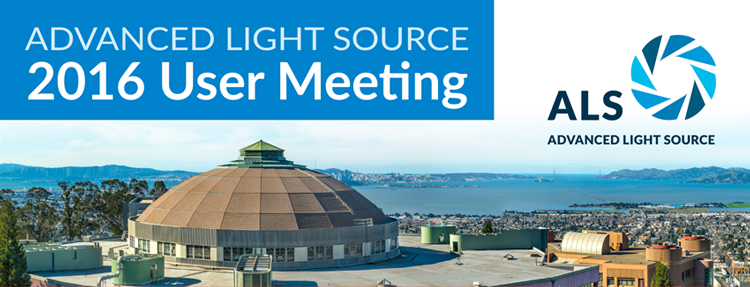
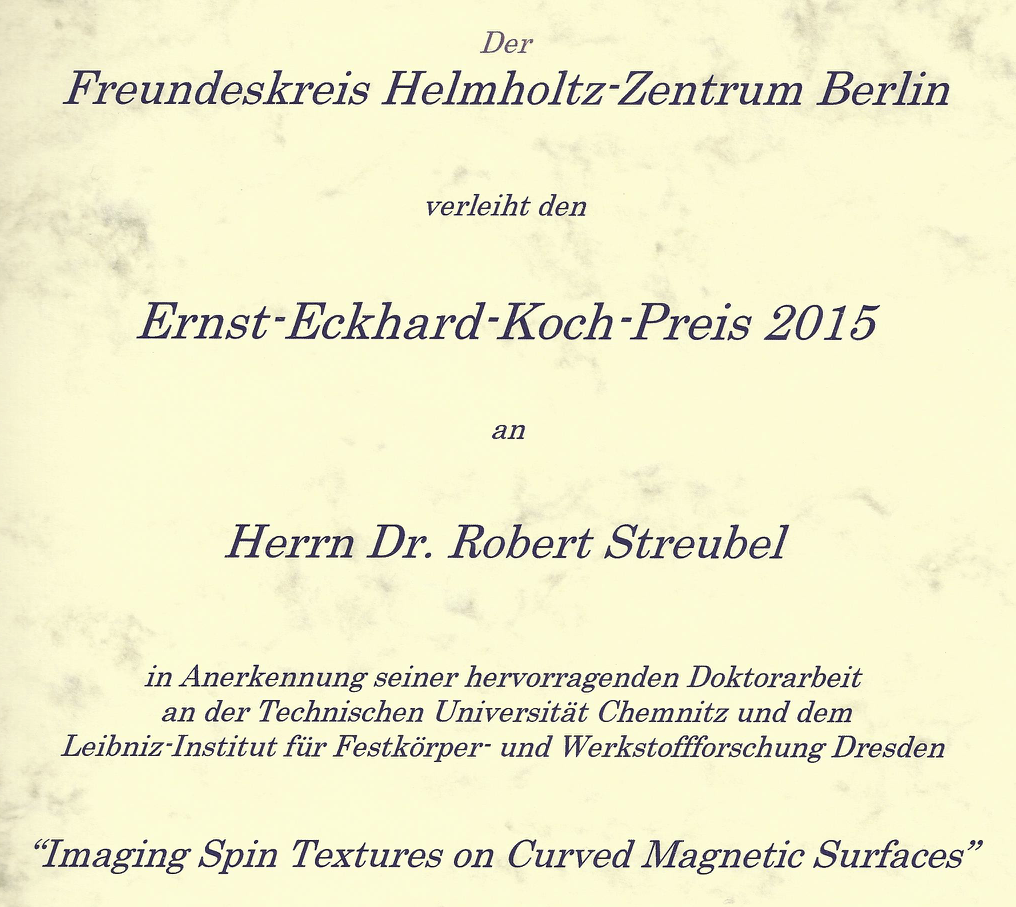

In his function, Robert will help the ALS promoting the unique potential of synchrotron radiation specifically to younger students thinking about entering one of the many fields, where synchrotron radiation can have a dramatic impact, but also to the many visitors coming to the ALS on a daily base. He is also interested in helping our UEC communicating to our political representatives the importance of continued and sufficient funding of large scale facilities by working with the NUFO organization.
More information can be found here. 🔗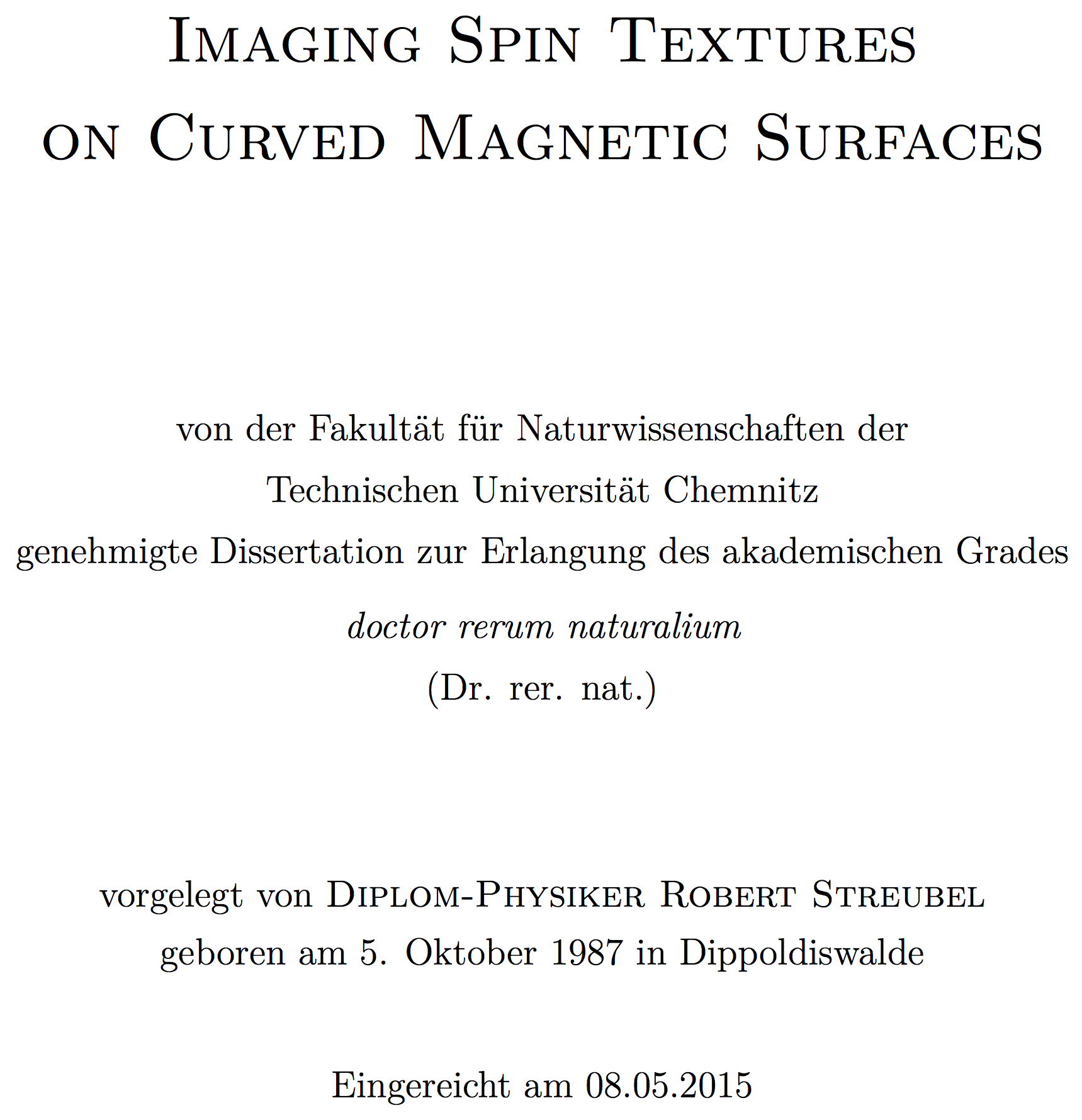
The thesis summarizes pioneering research activities on visualizing spin textures on 3D curved magnetic surfaces that have been highlighted as numerous publications in high-ranked journals, including Nature Communications, Nano Letters and Advanced Materials. It represents a first milestone in 3D imaging of magnetic microtextures by reconstruction utilizing Magnetic soft x-ray Tomography (MXT), a visualization technique relying on x-ray magnetic circular dichroism (XMCD) as element-specific contrast mechanism. Two distinct 3D curved magnetic surfaces, namely magnetic cap structures and rolled-up magnetic nanomembranes with cylindrical shape are experimentally investigated in view of fundamental physics, e.g. curvature- and topology-driven modifications to magnetic domain configurations, magnetization reversal processes and spin excitations, and applications as storage devices, sensors and self-propelled targeted drug delivery.
The work is honored with: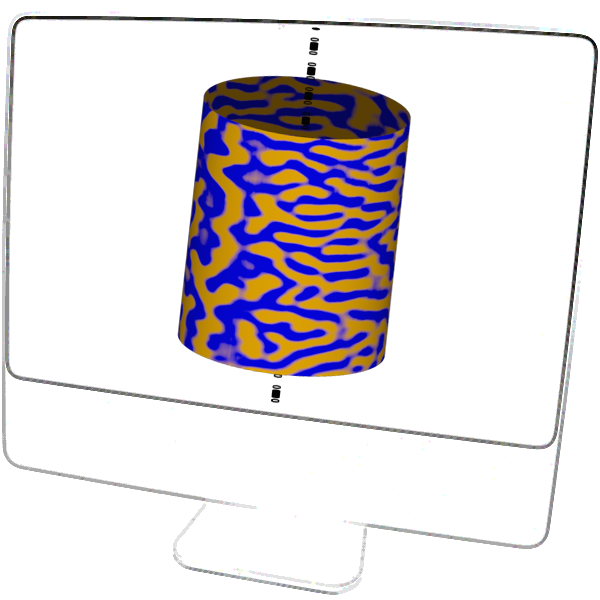
The original work was published in Nat. Commun. 6, 7612 (2015). 🔗
Our activities are highlighted in: pro-physik.de | Nanowerk | Nanotechnology Now | Analytica-world | Jura-Forum | HZB, BESSY II